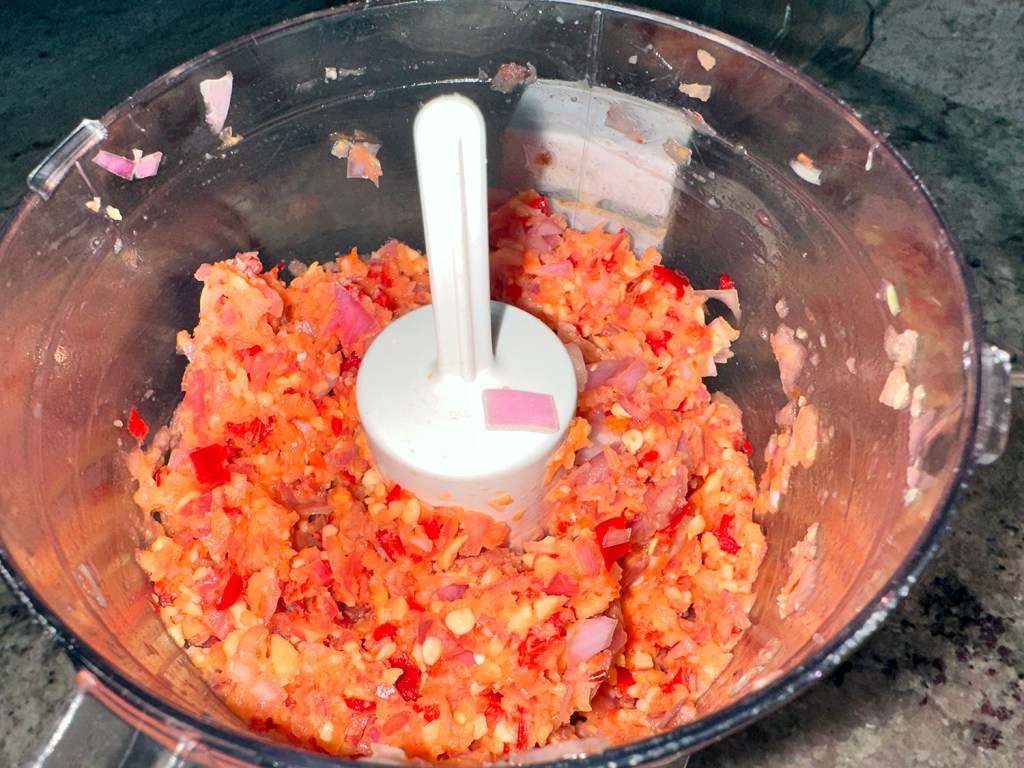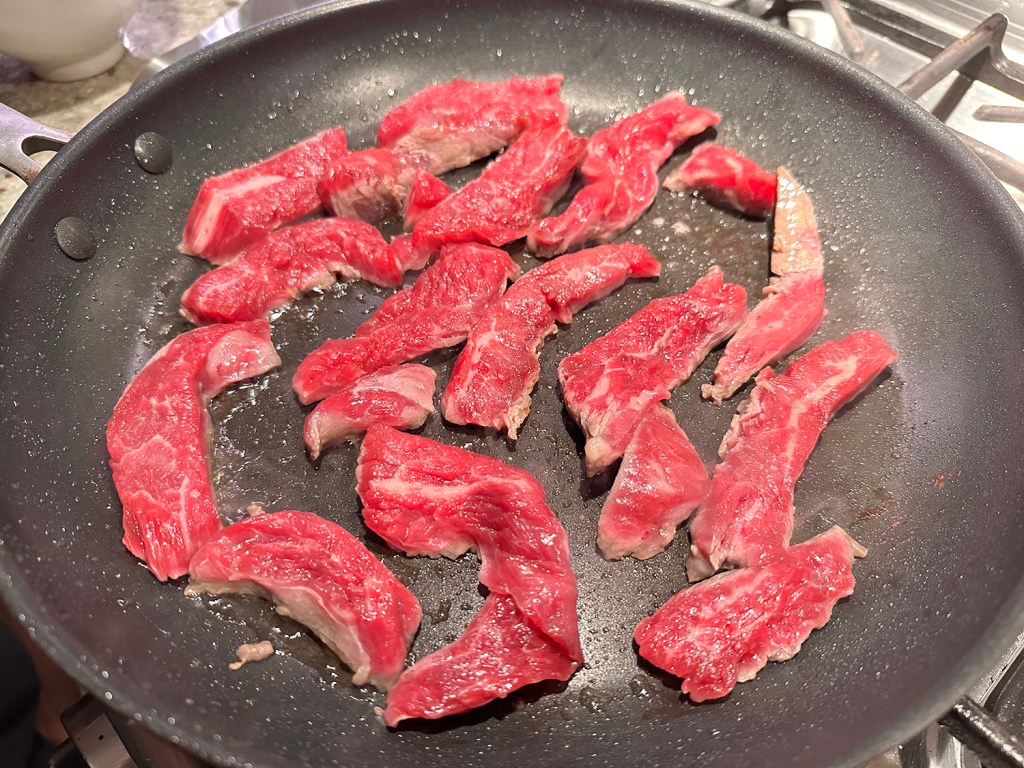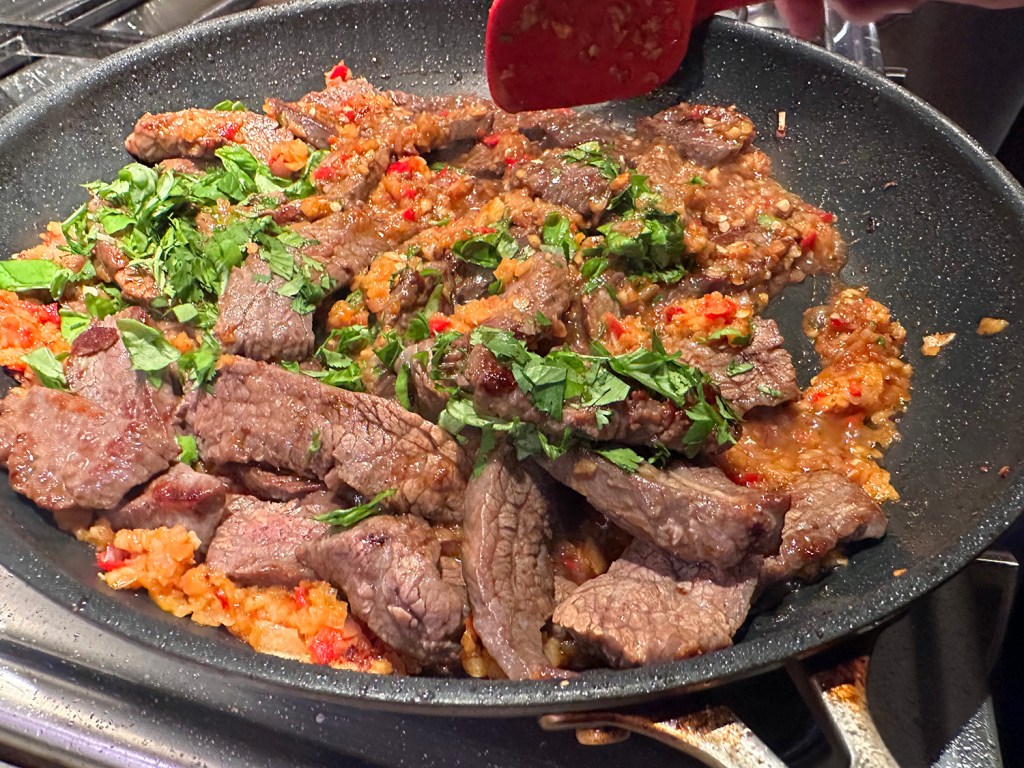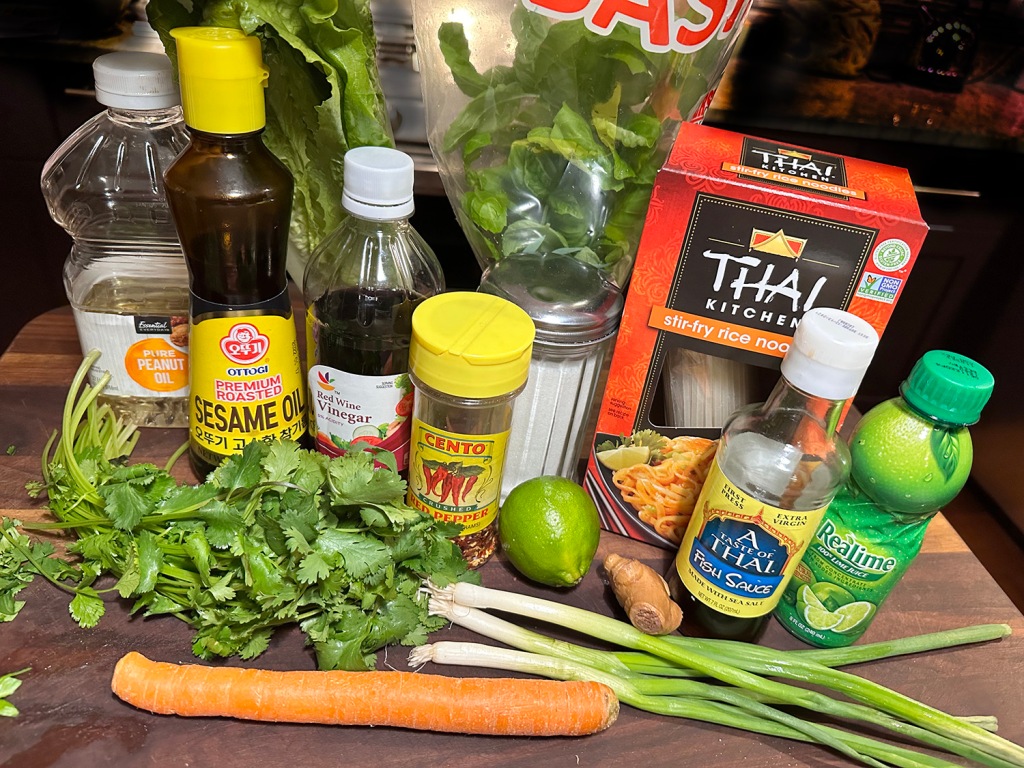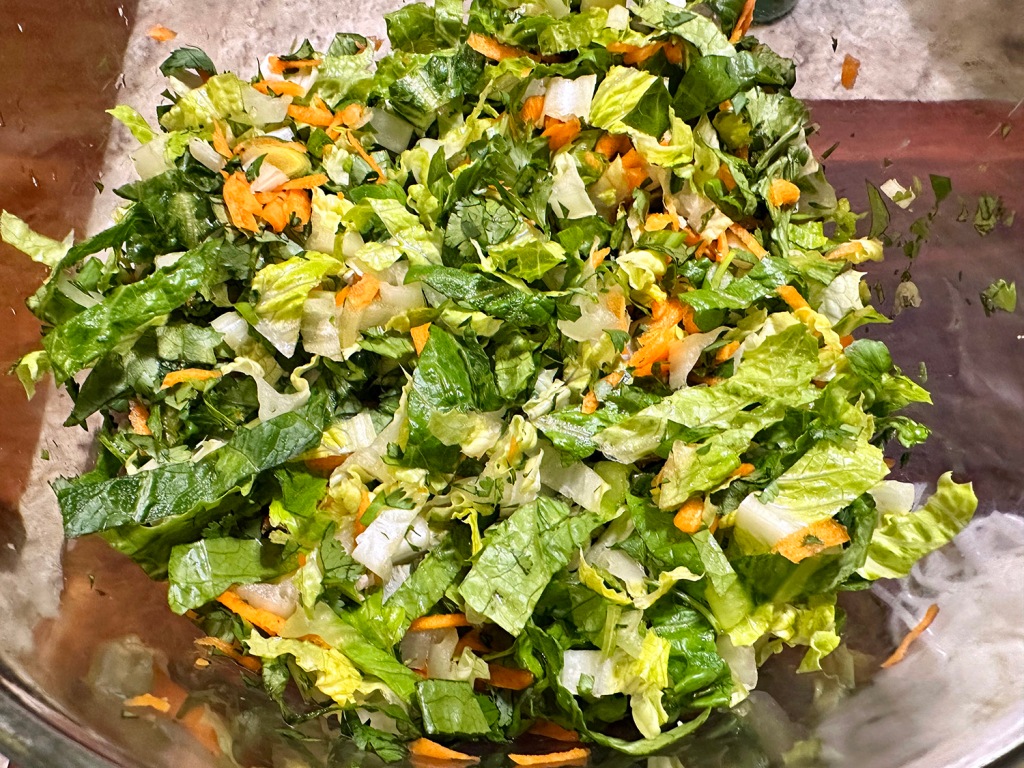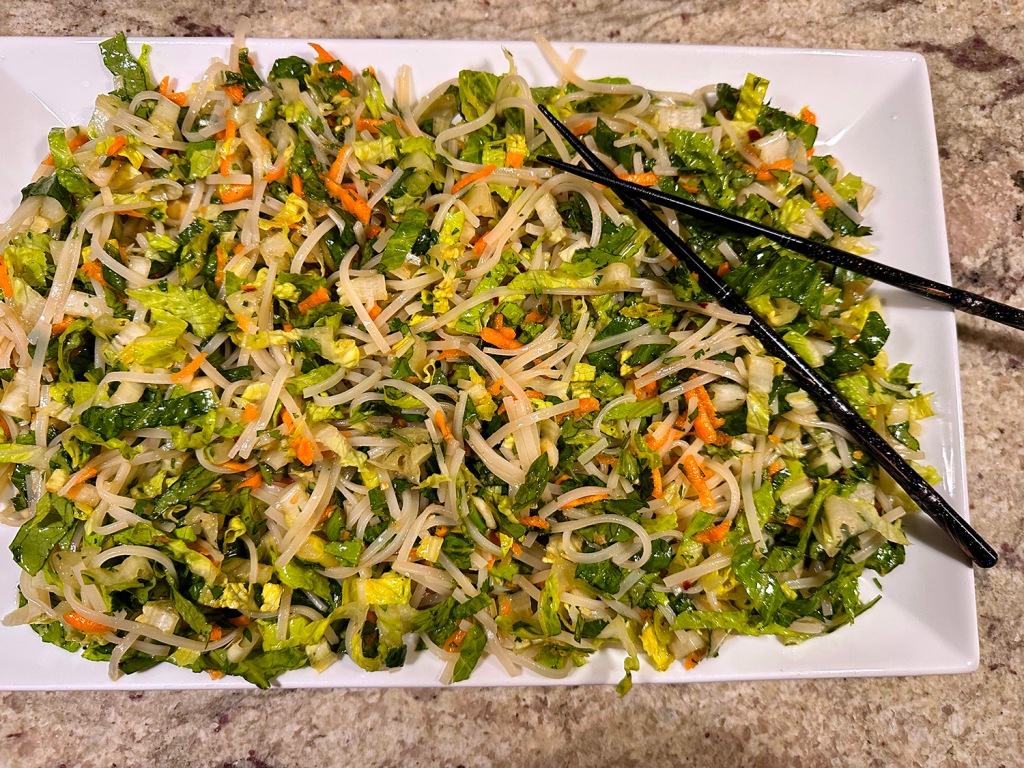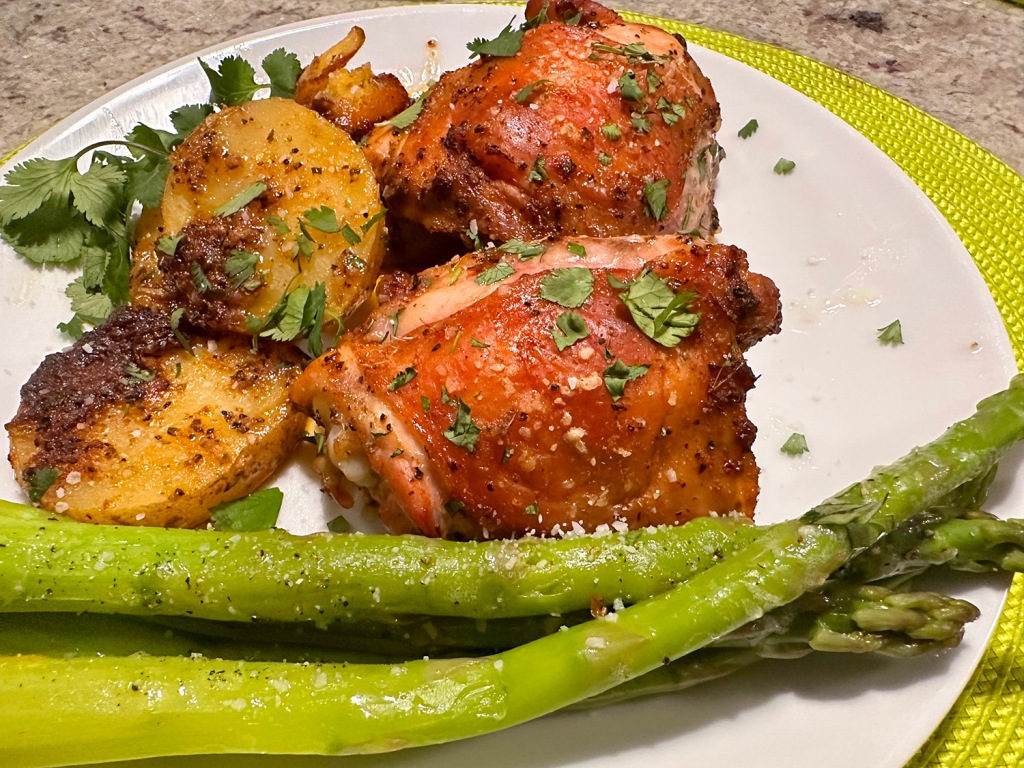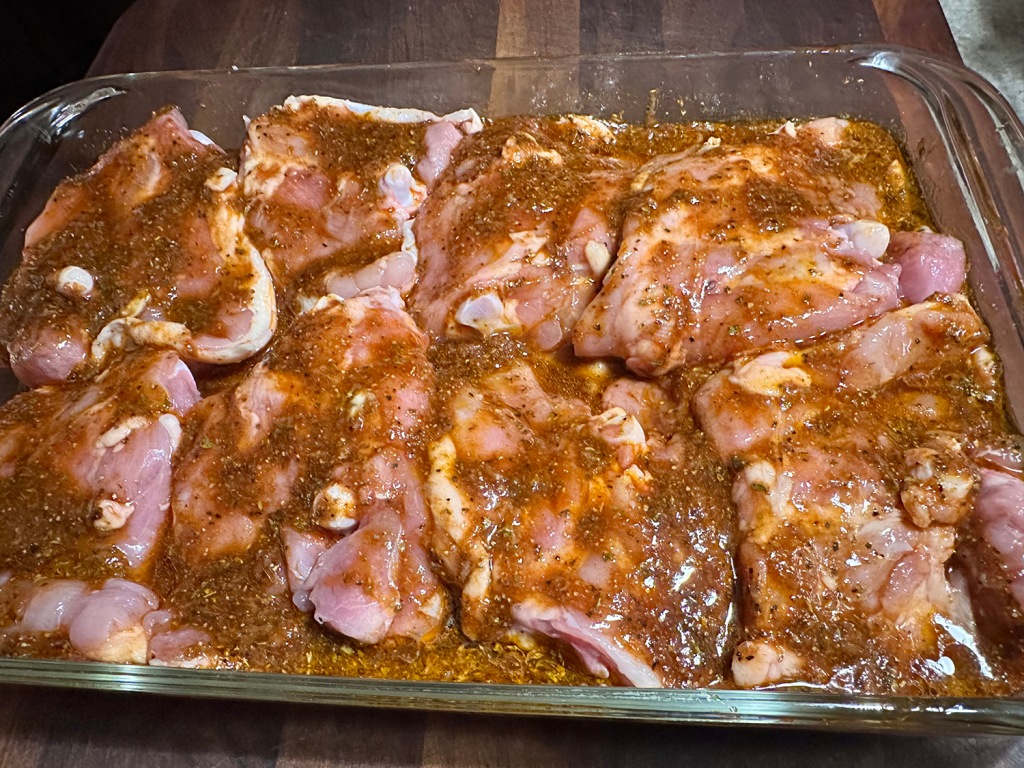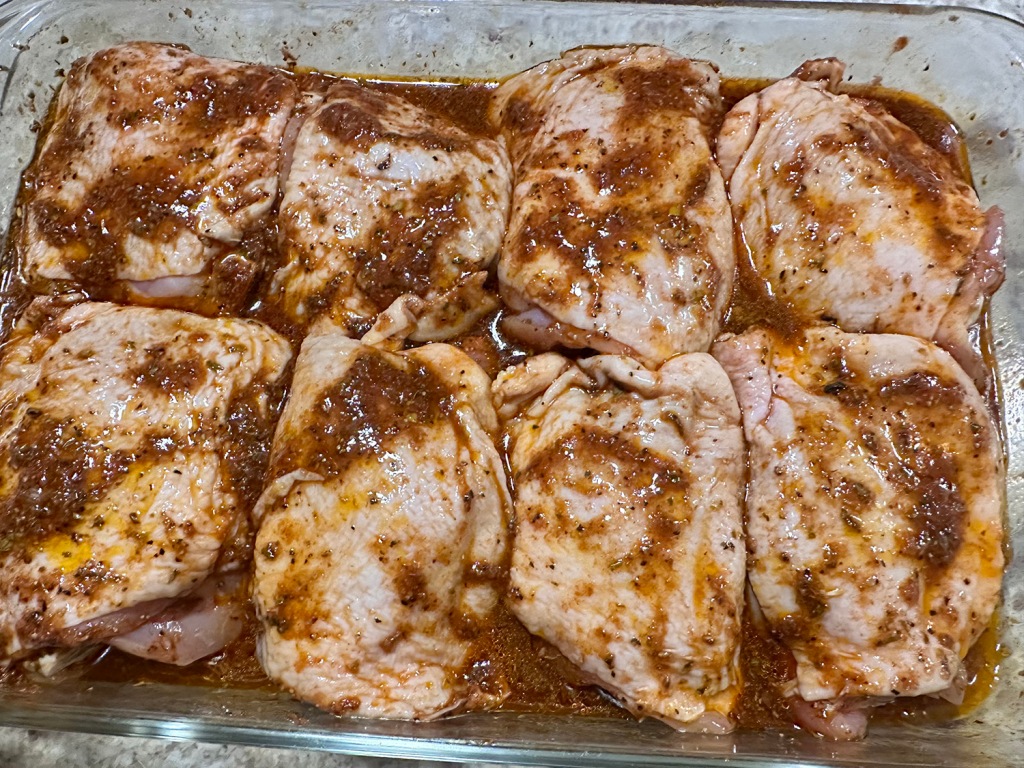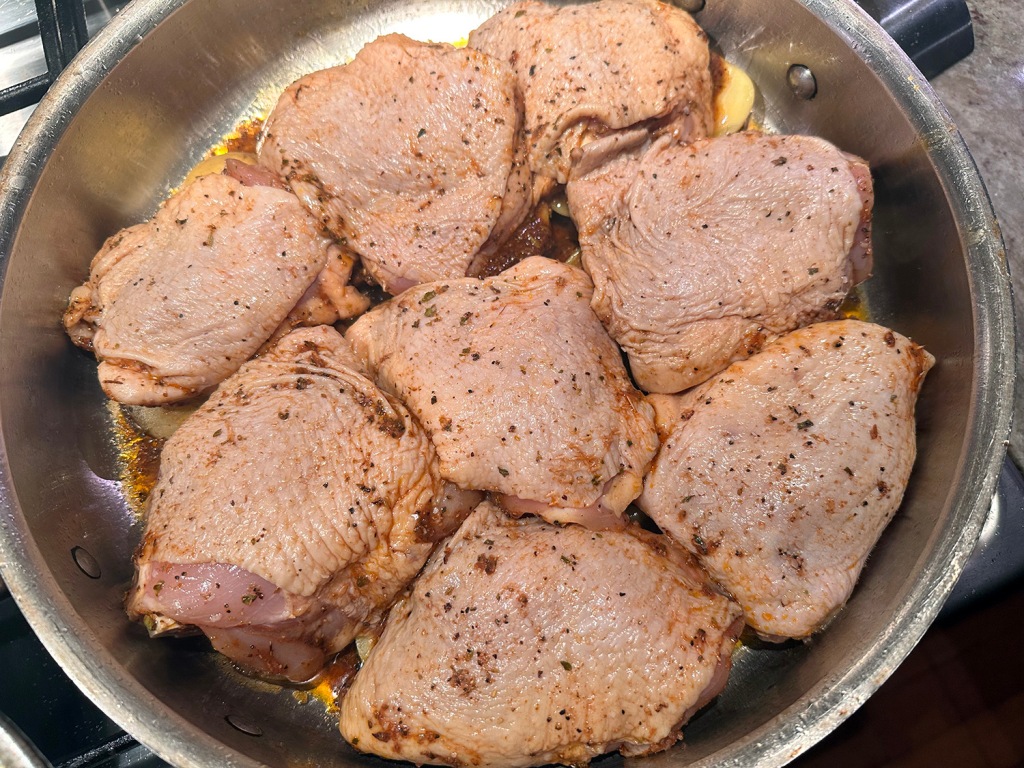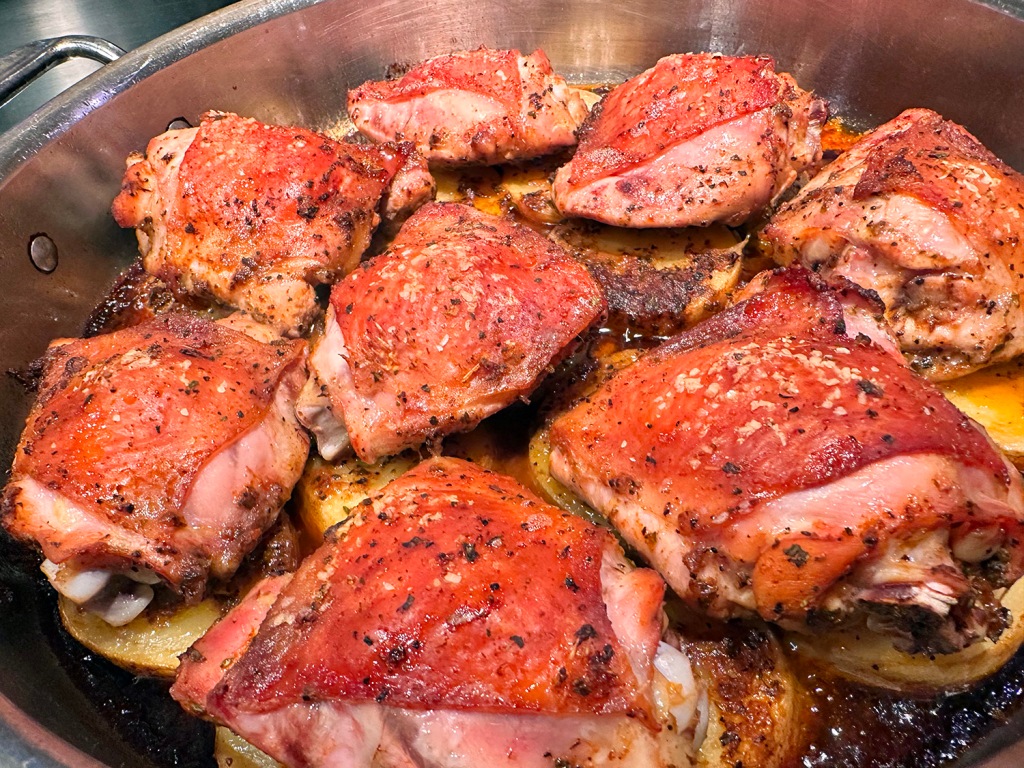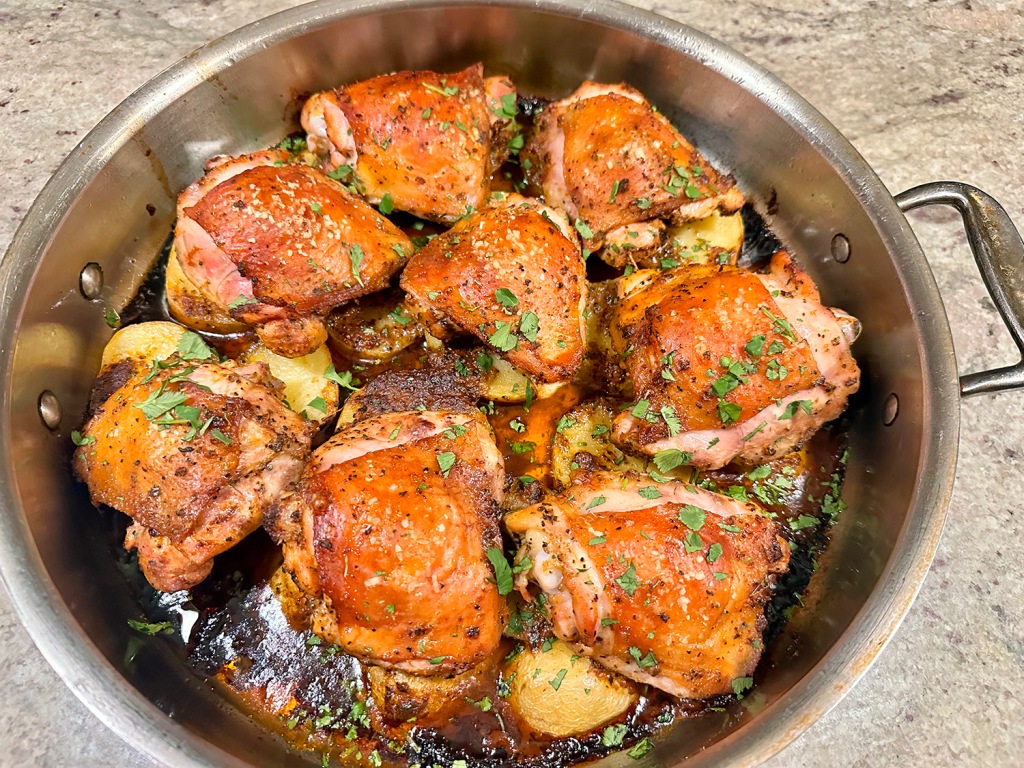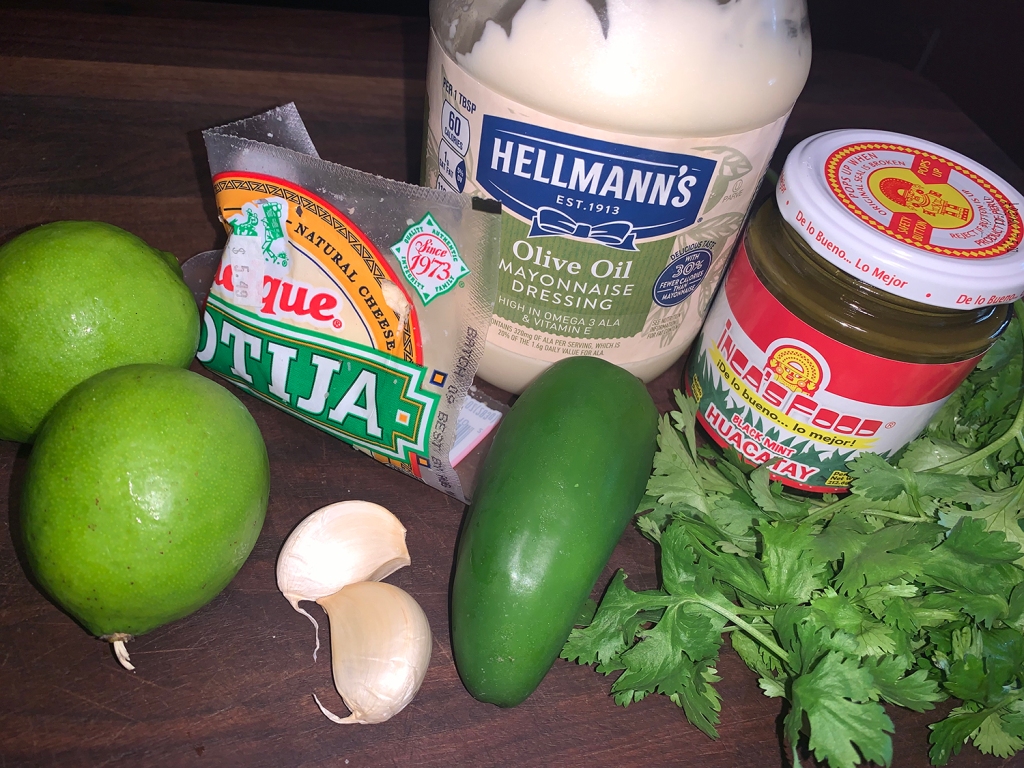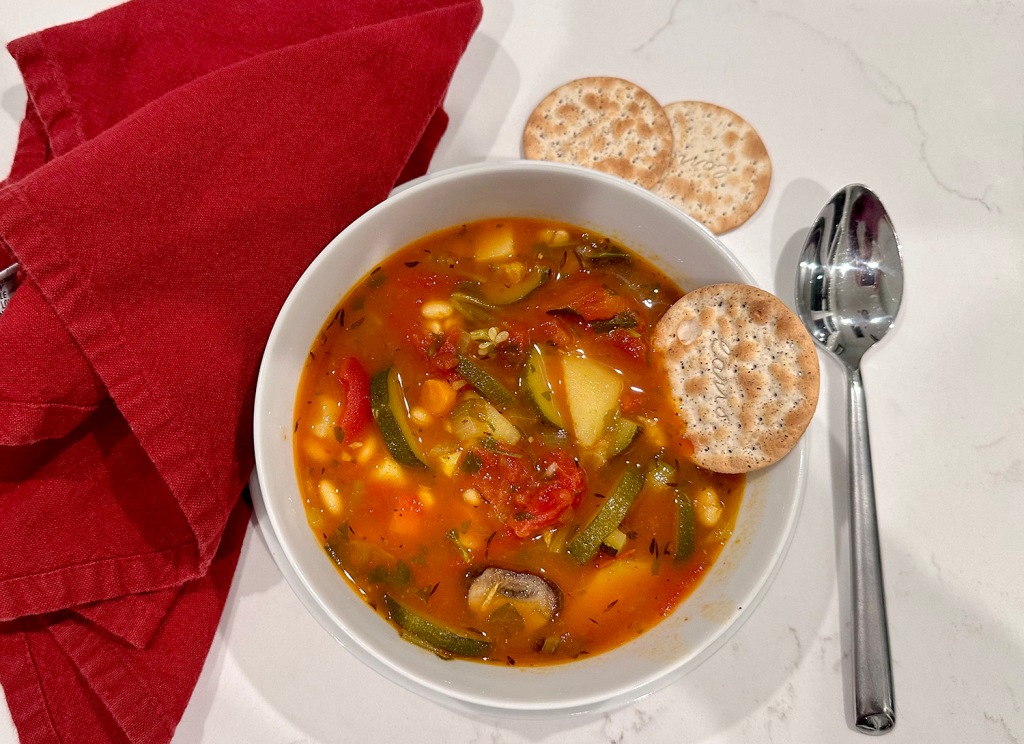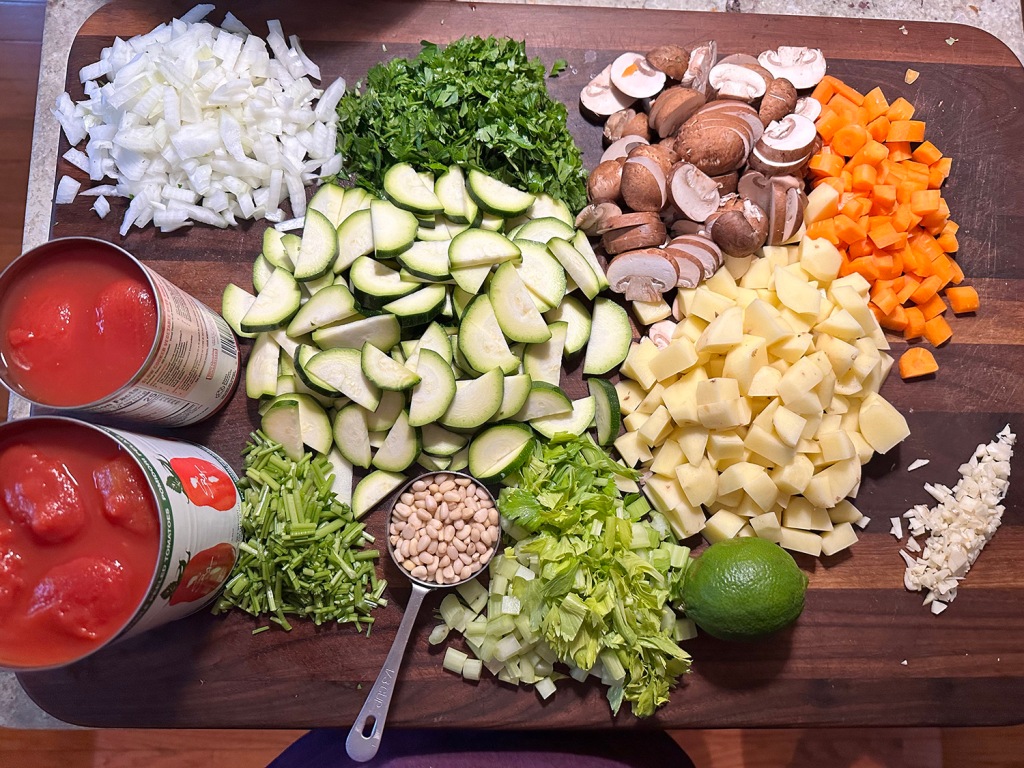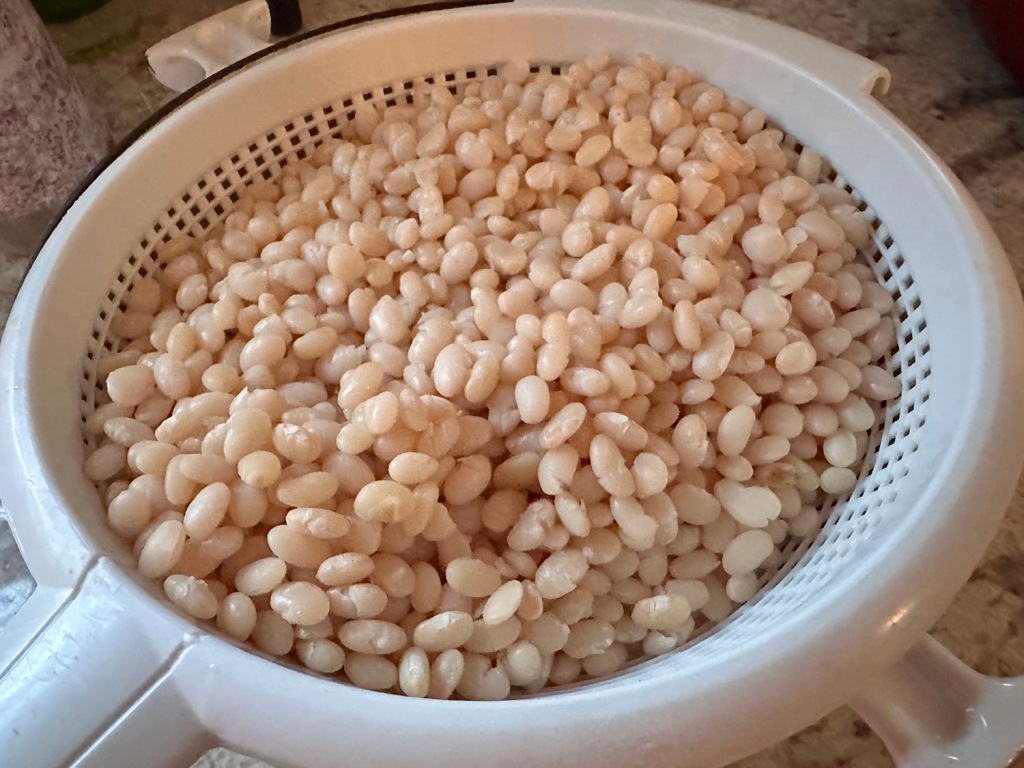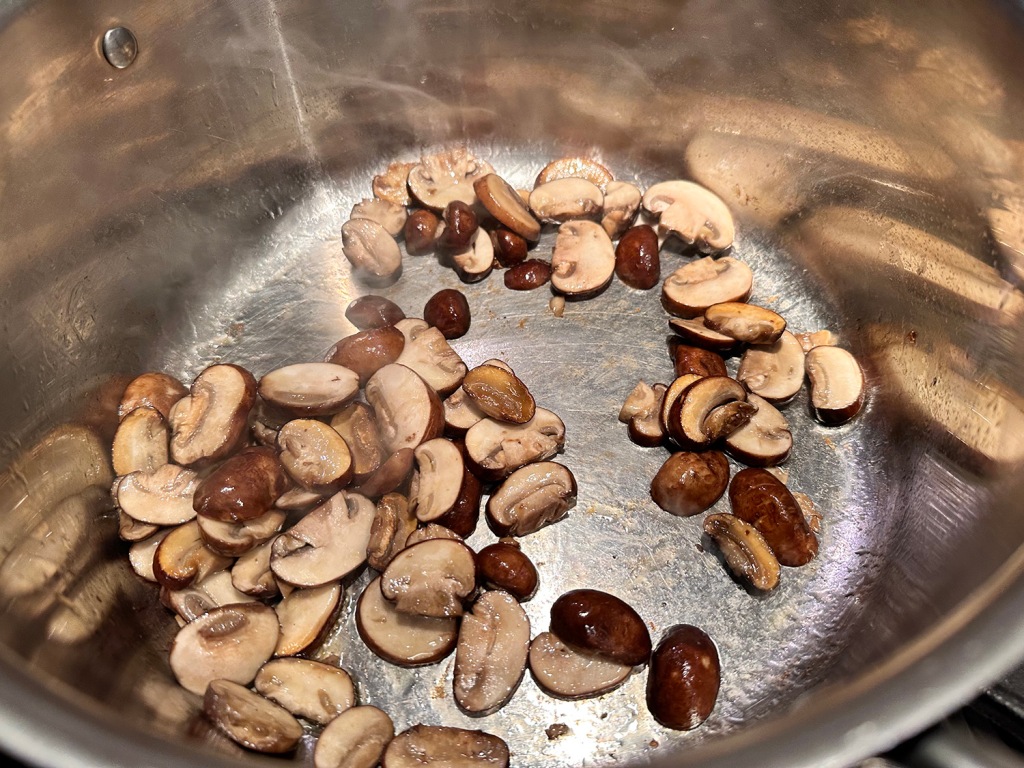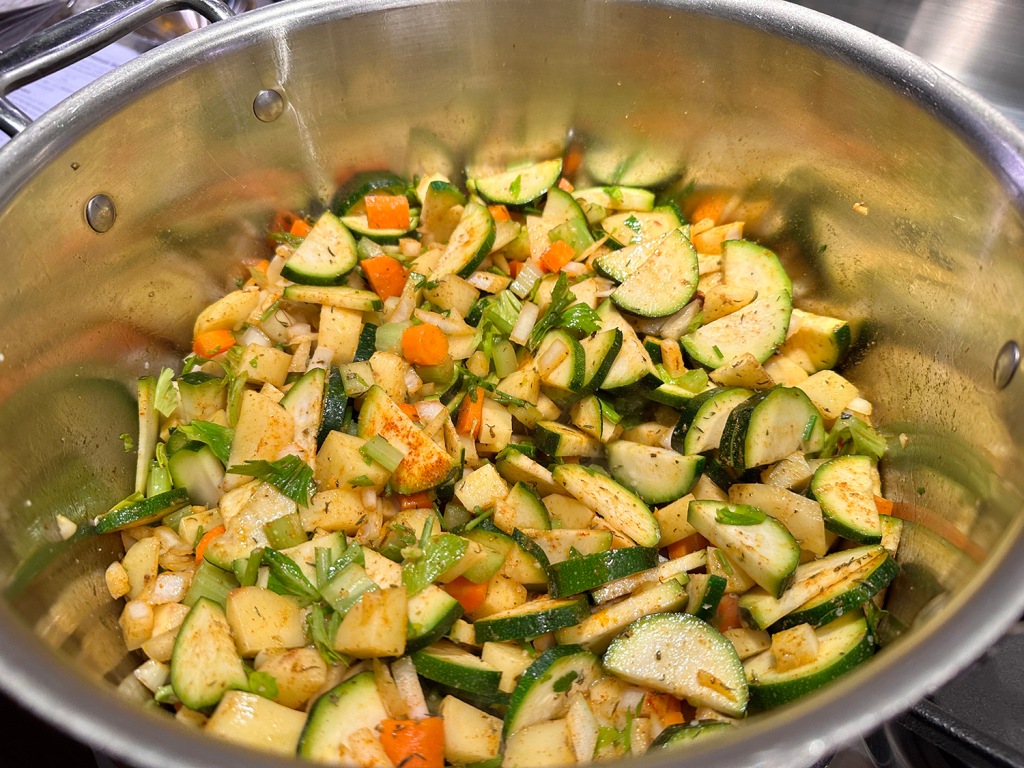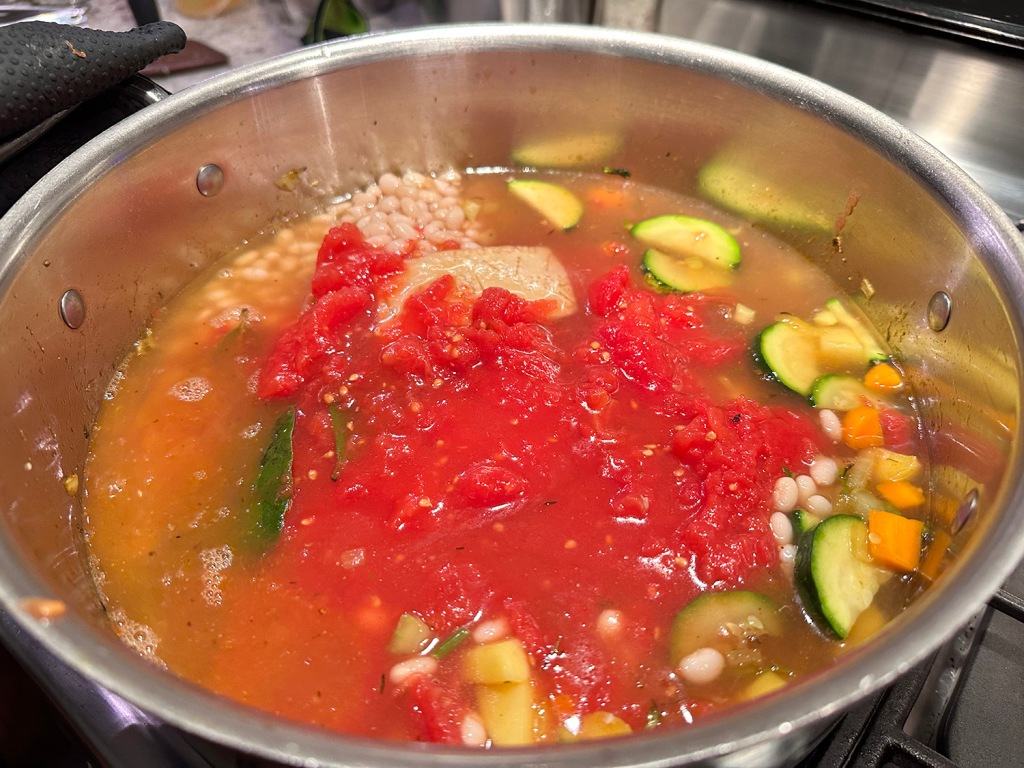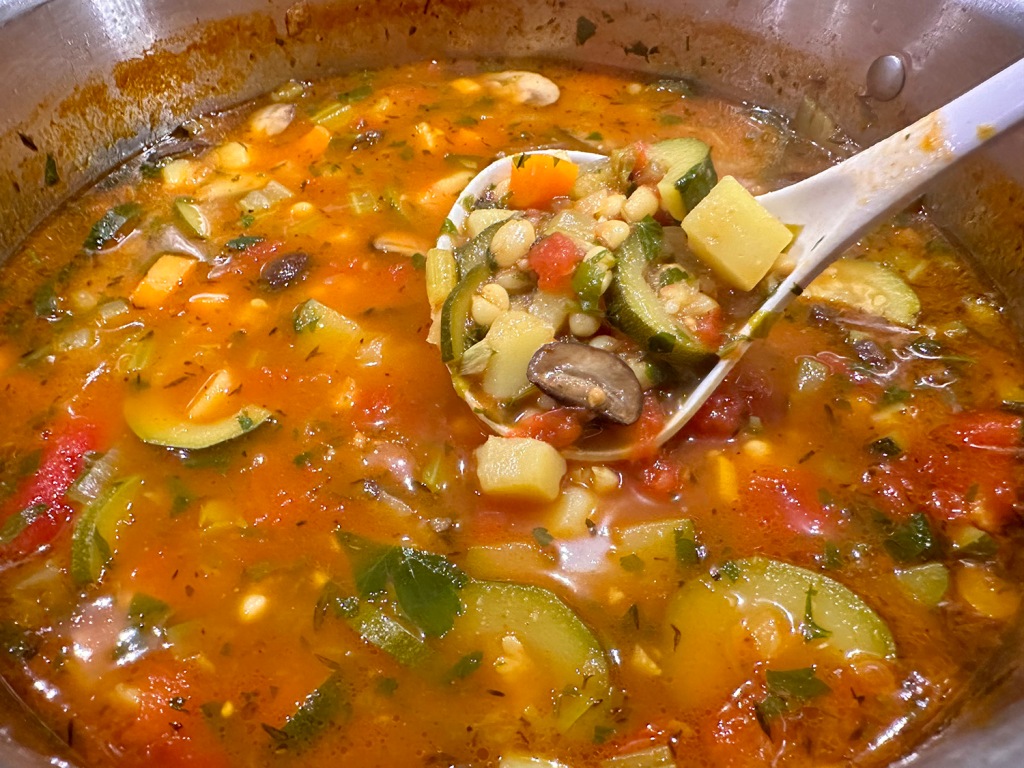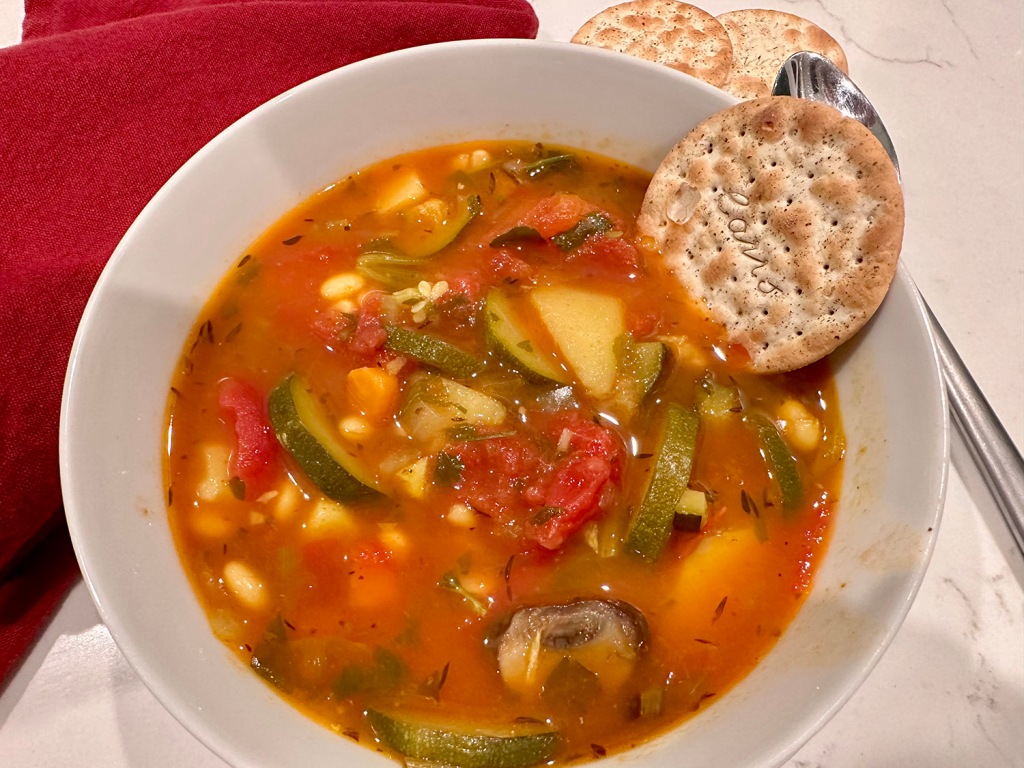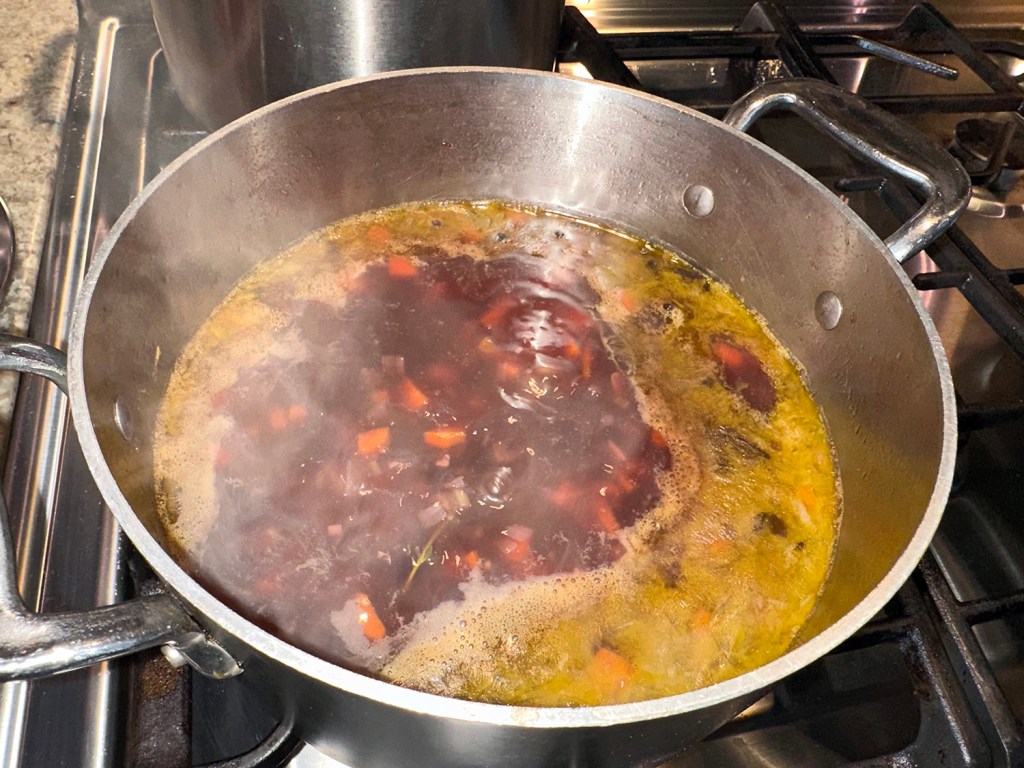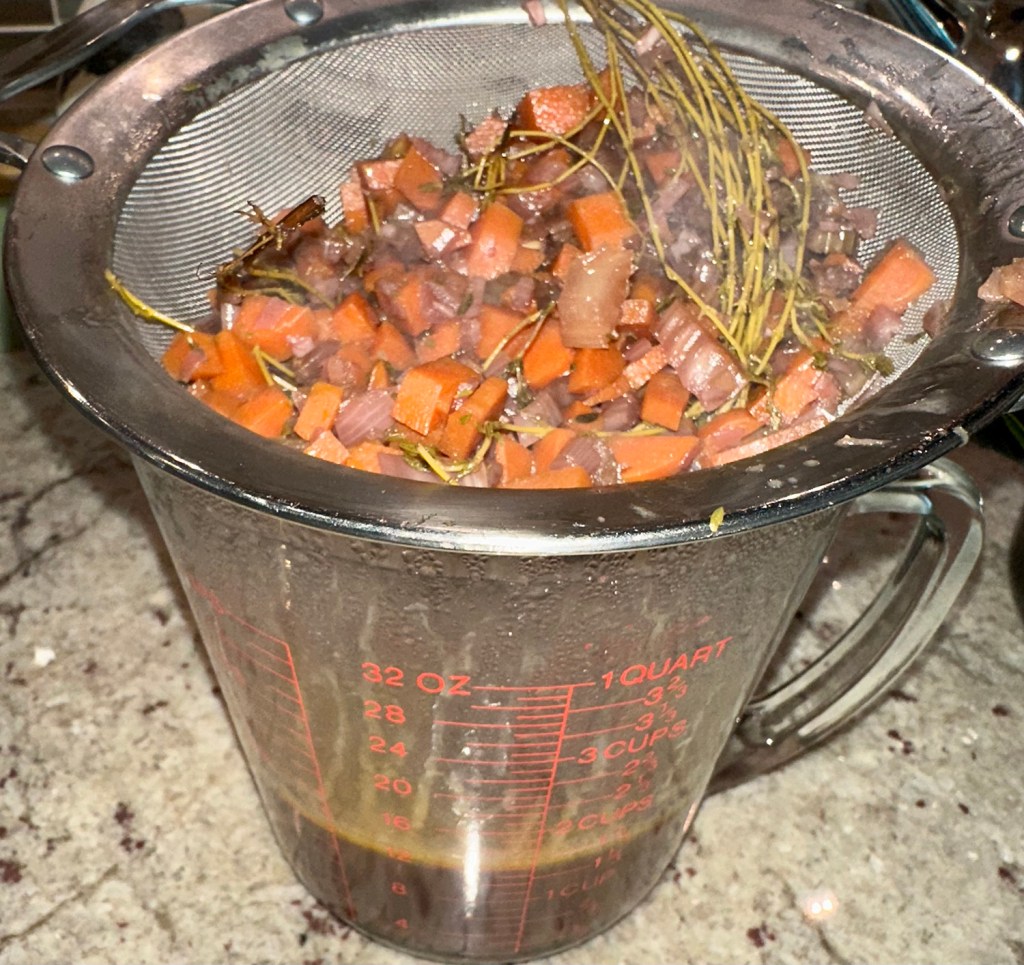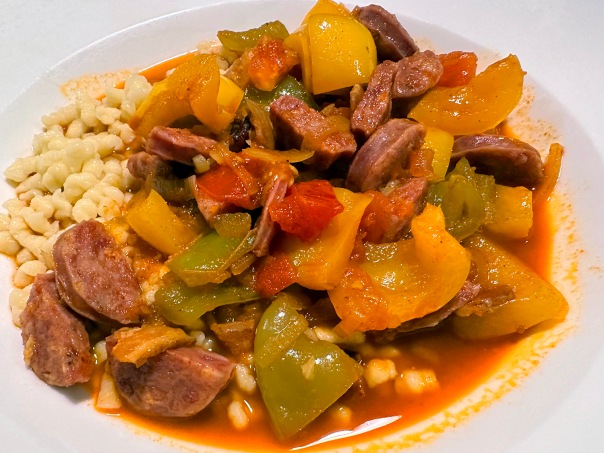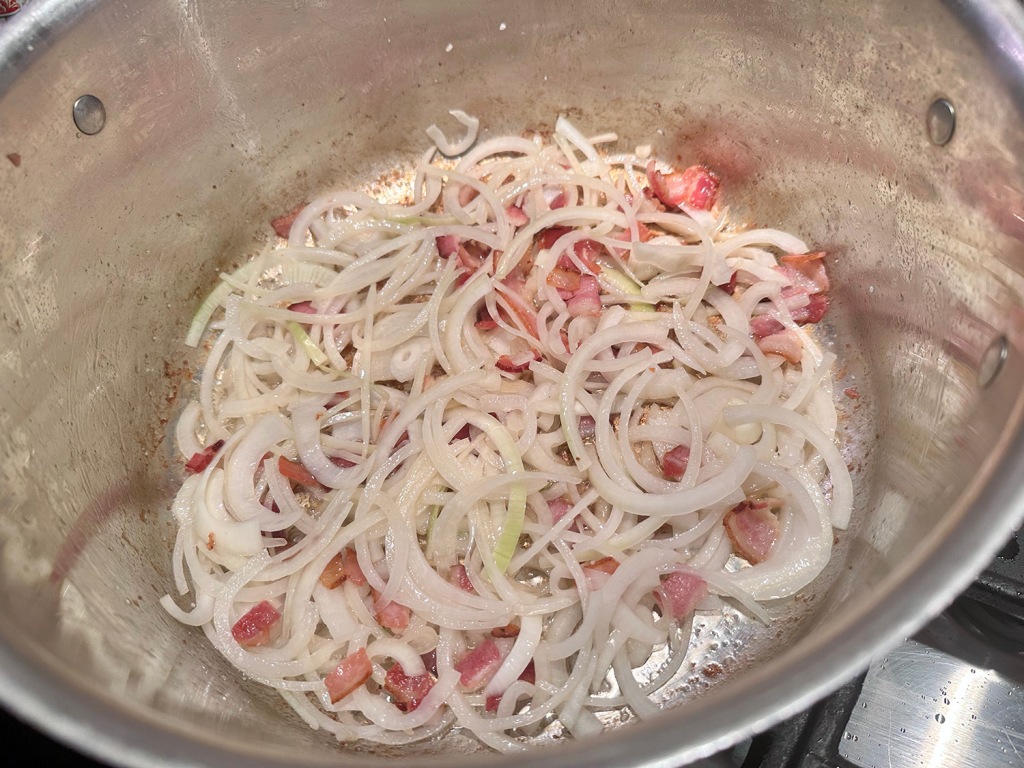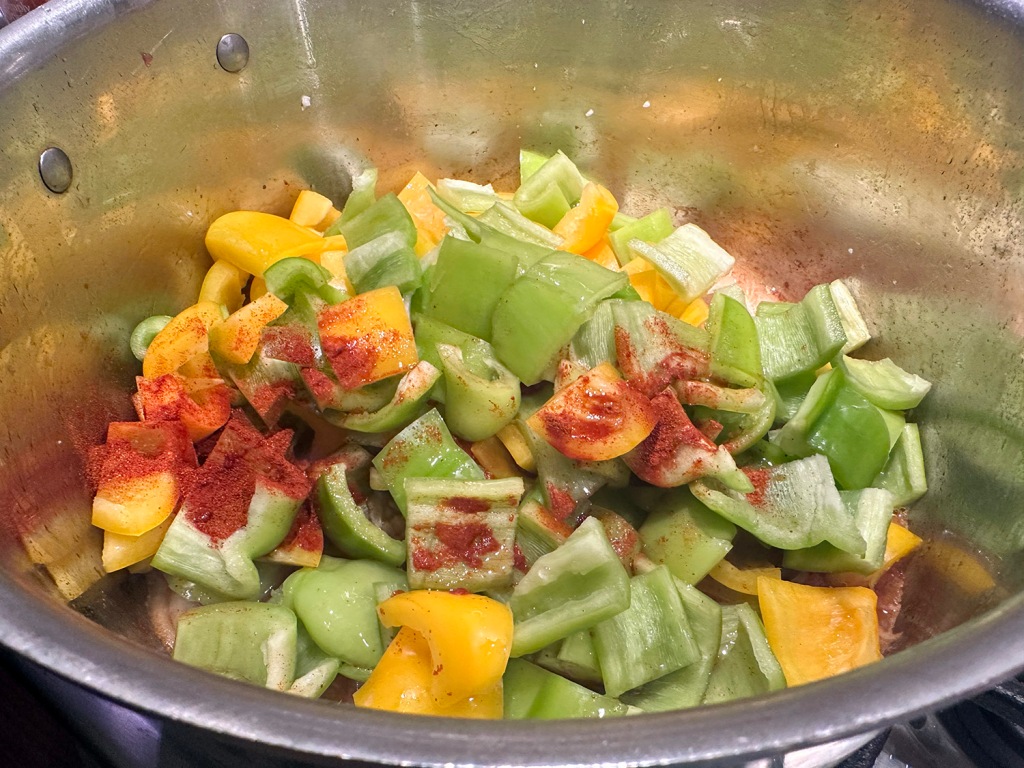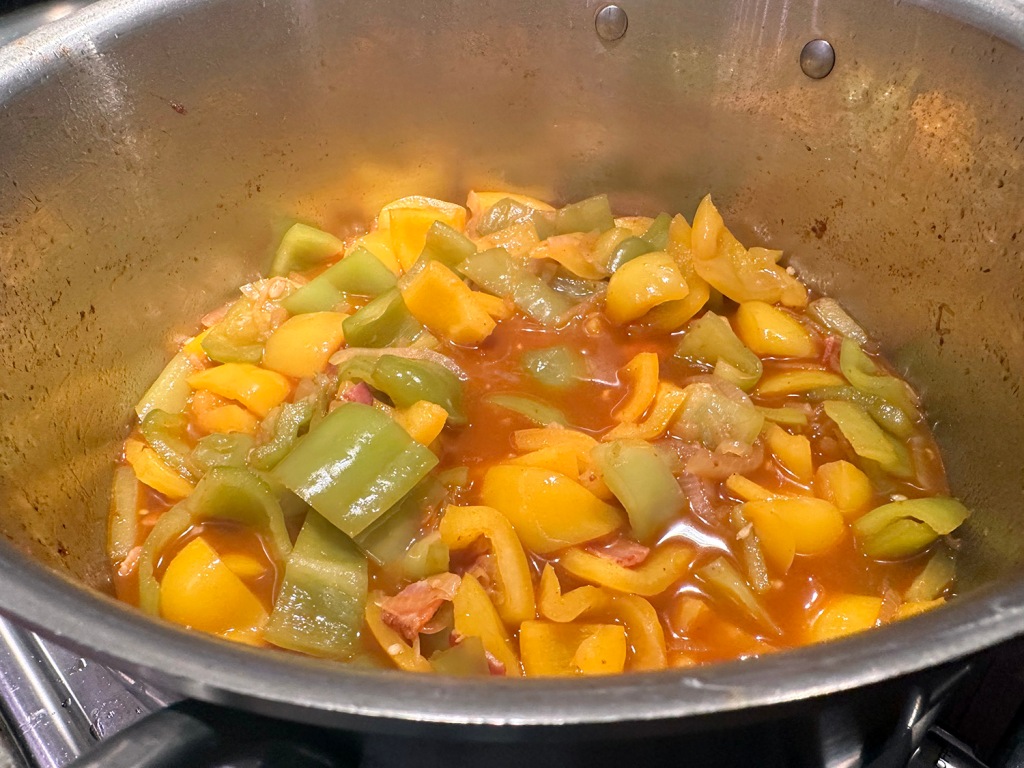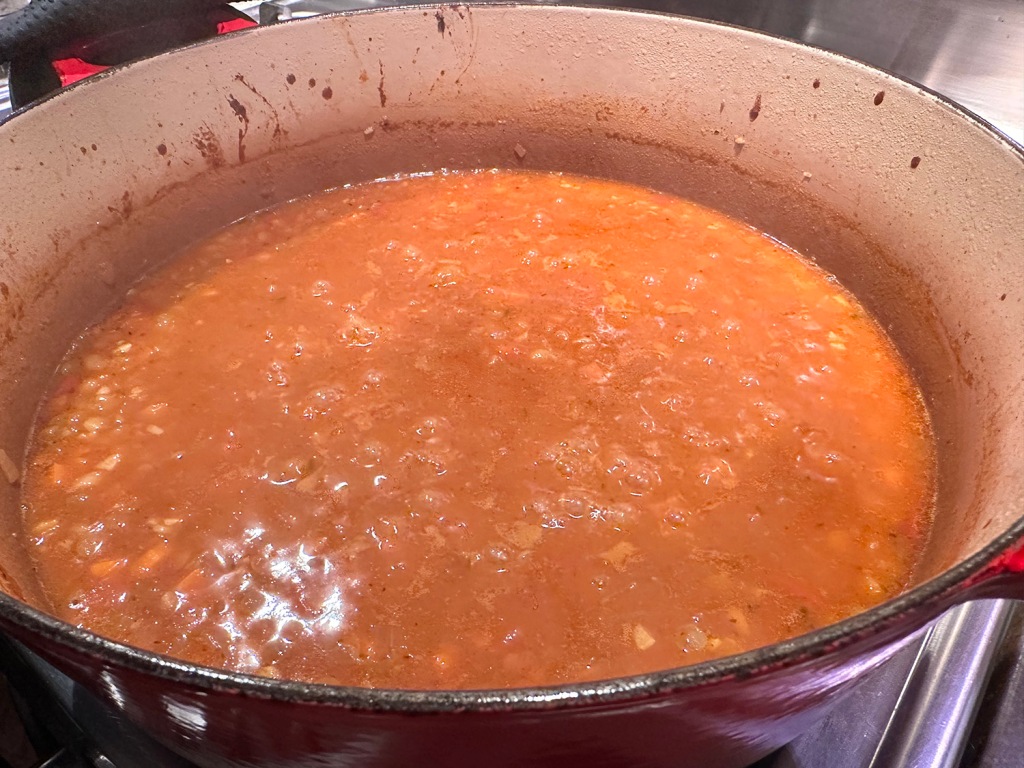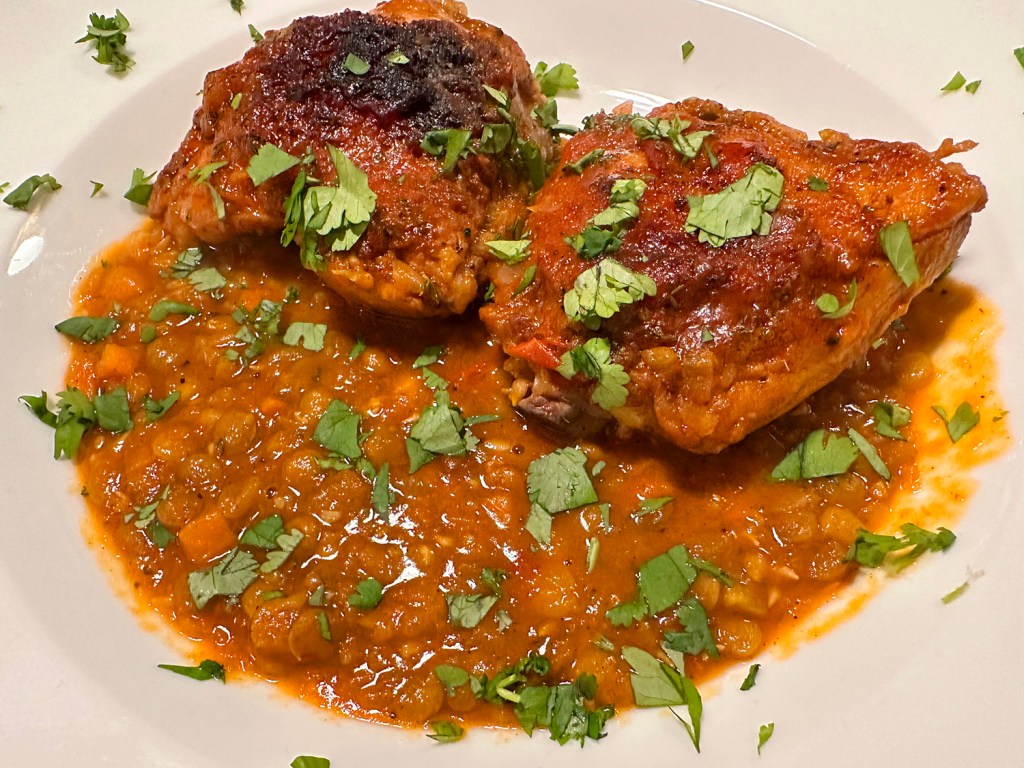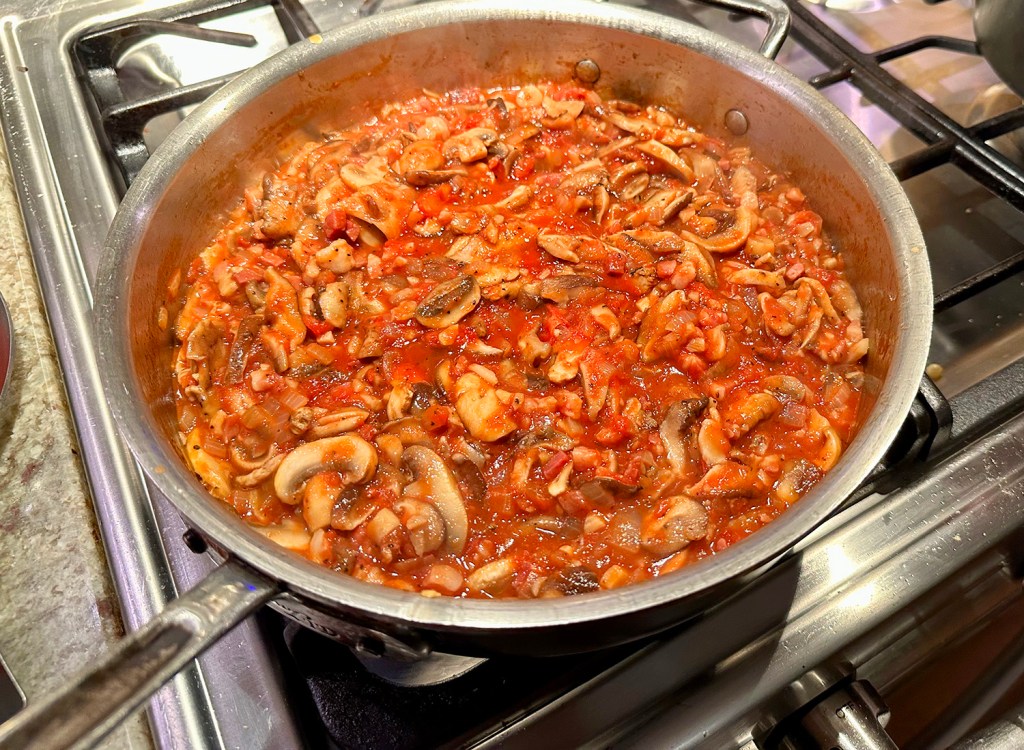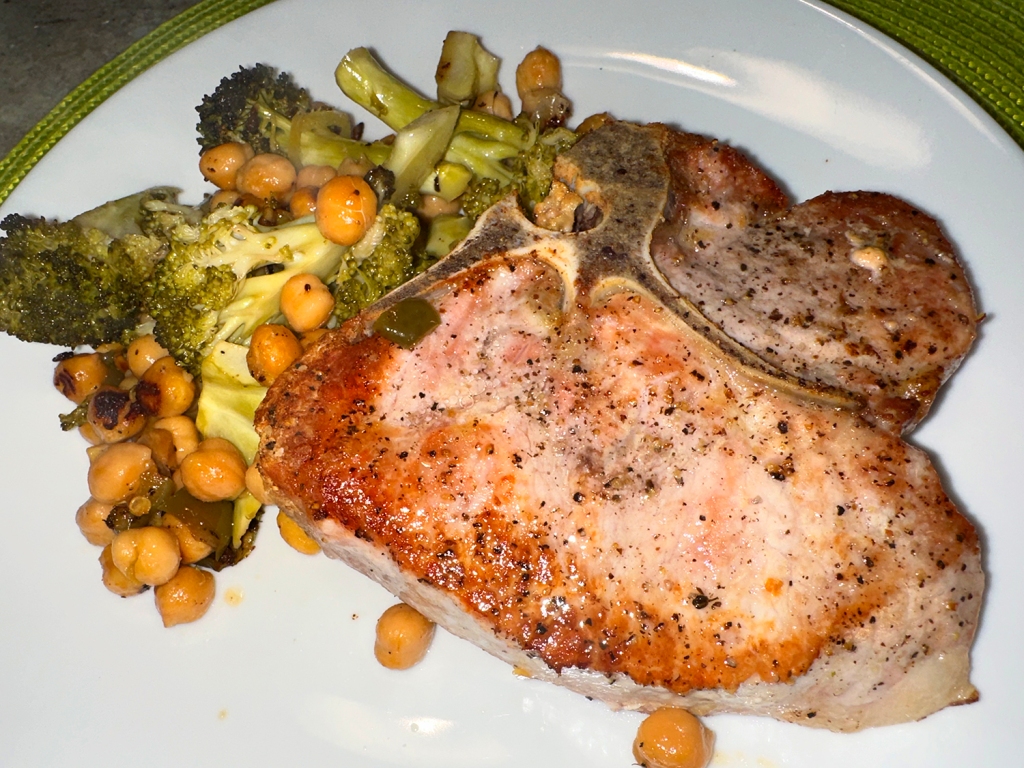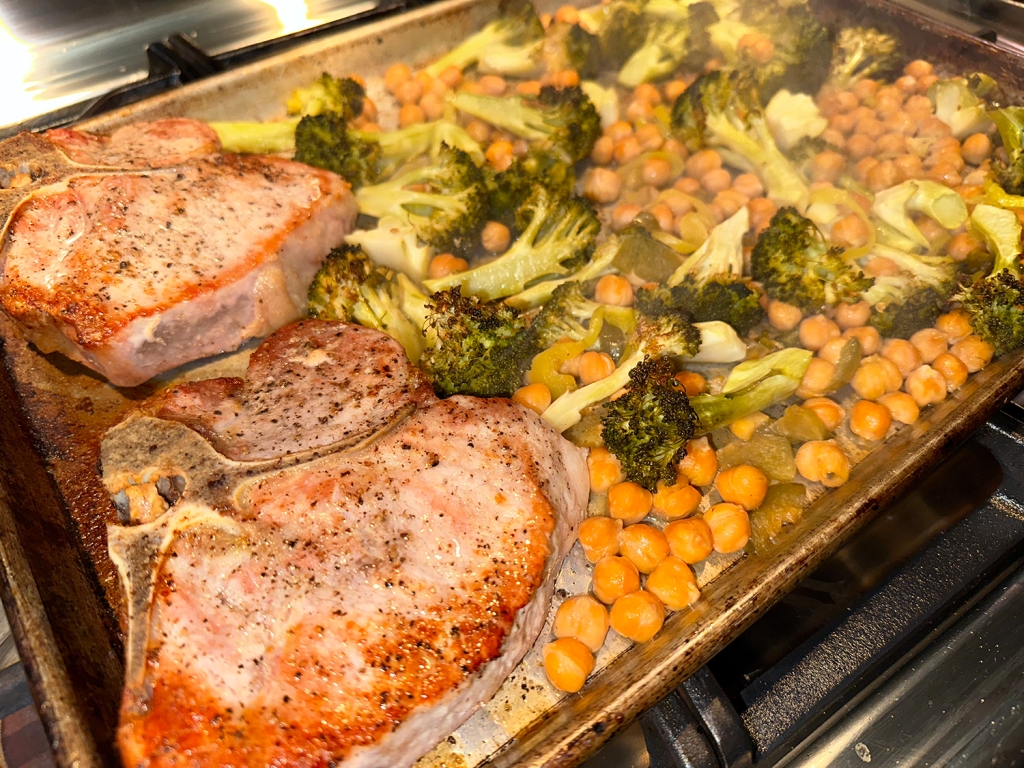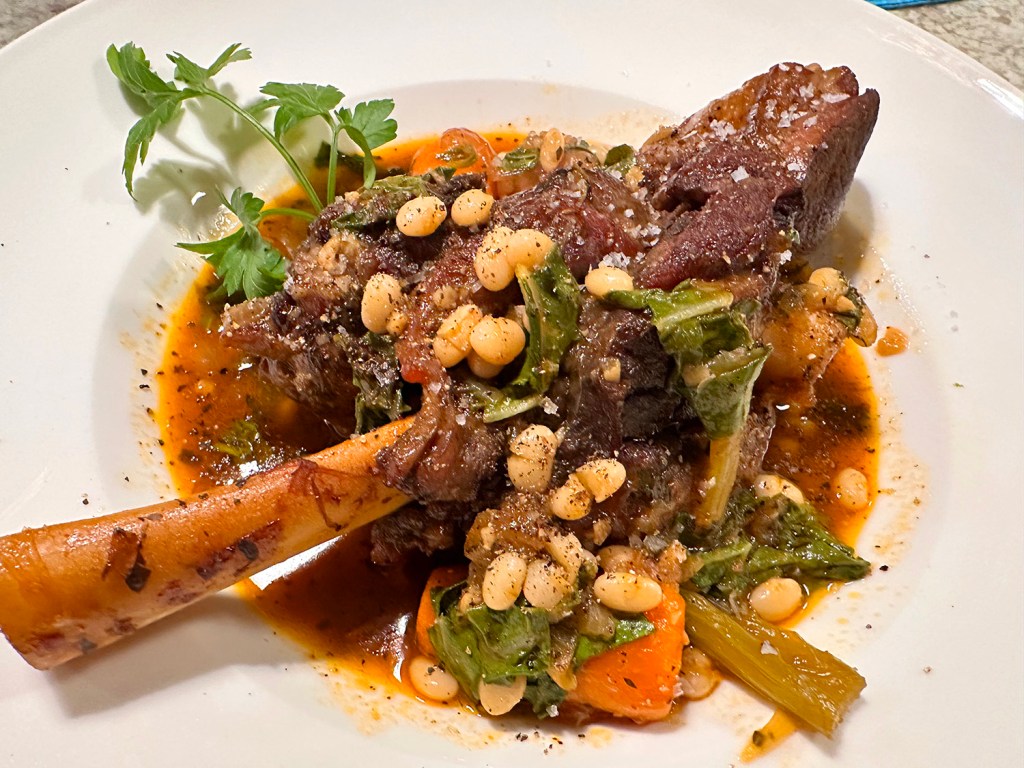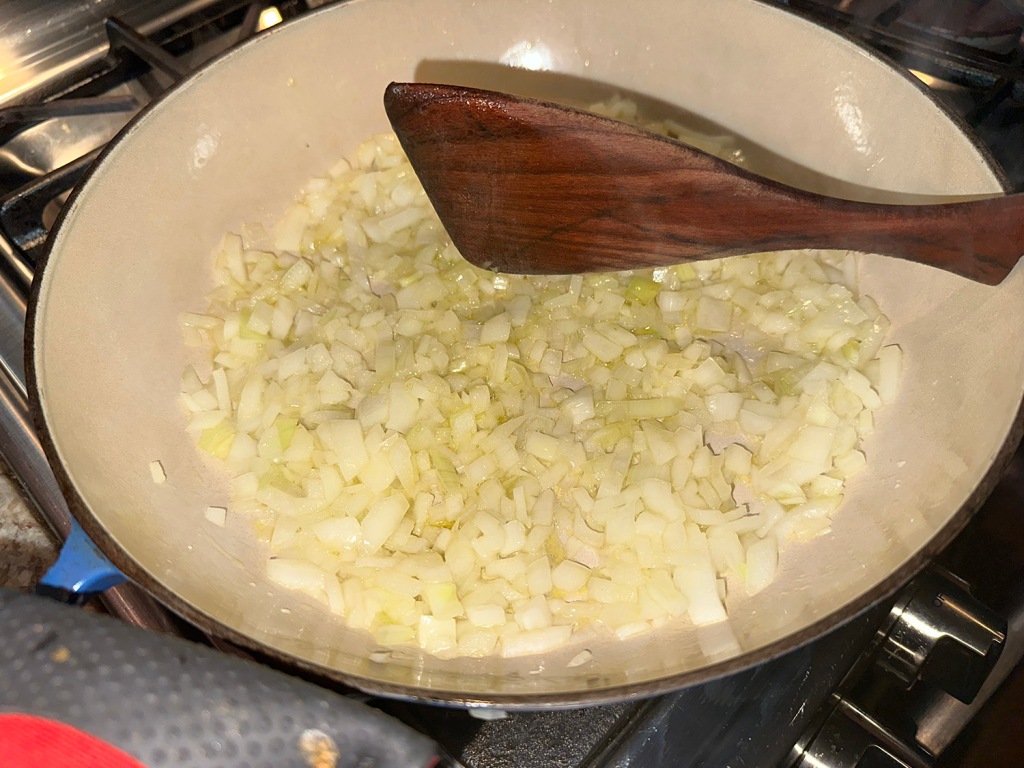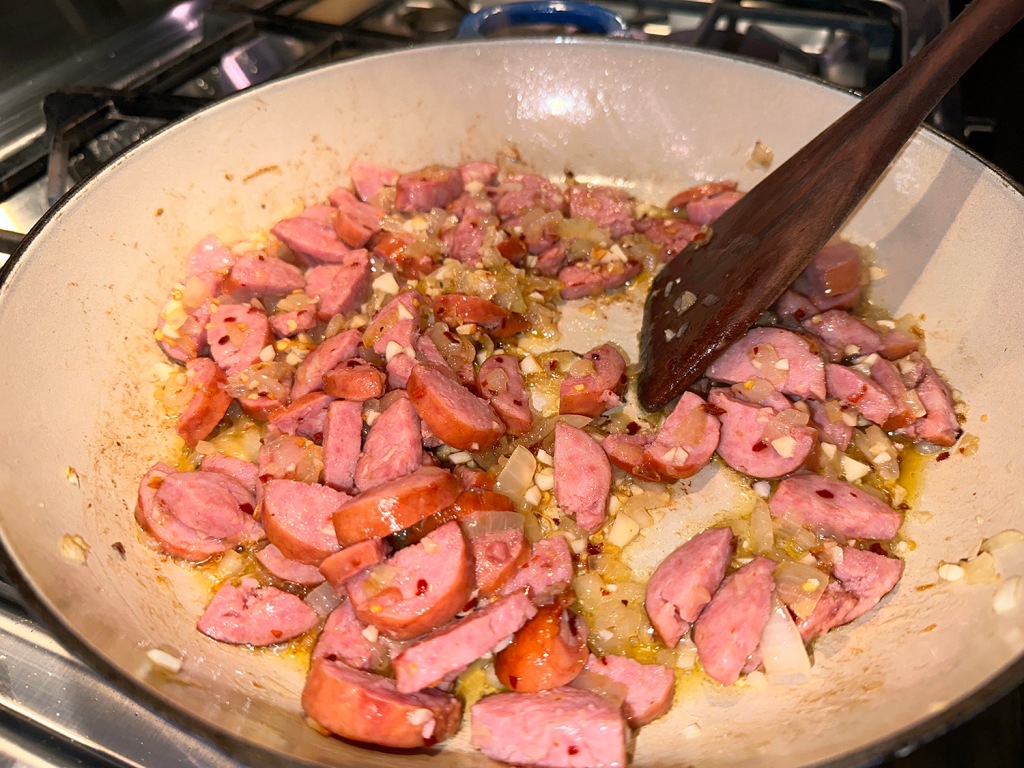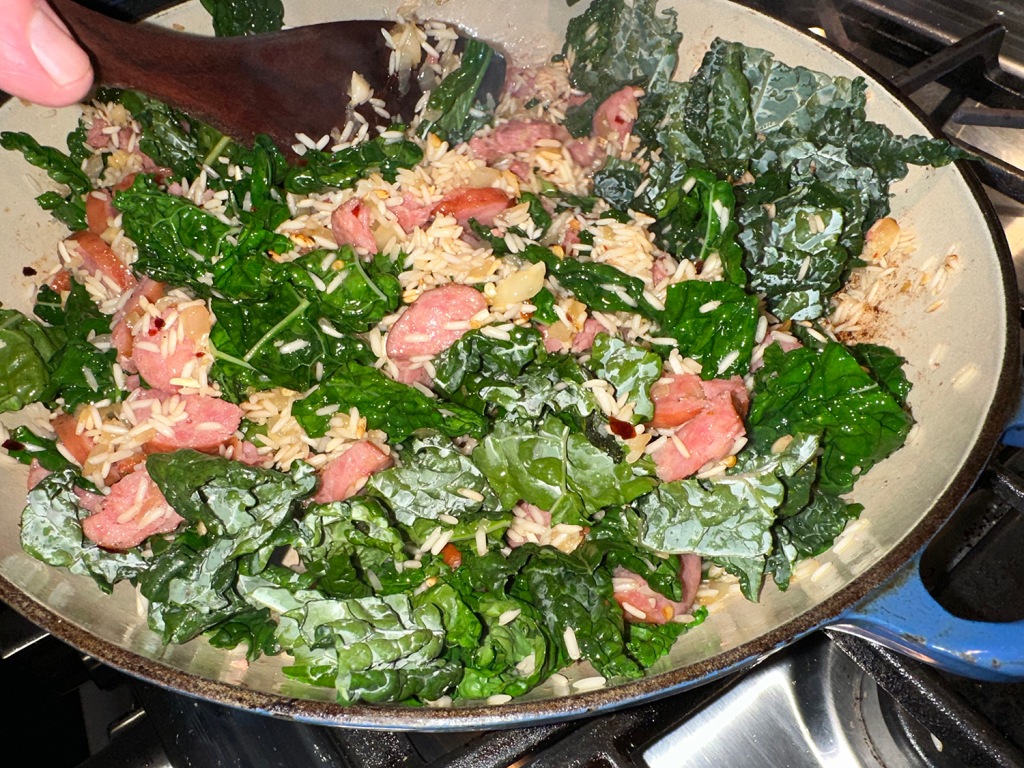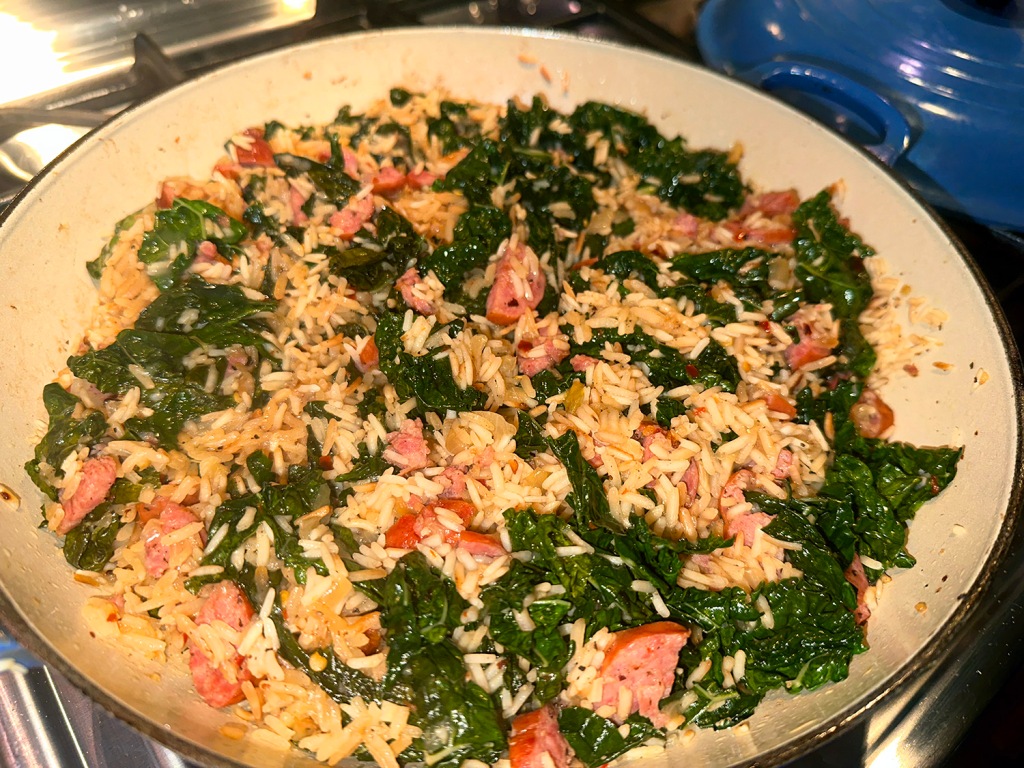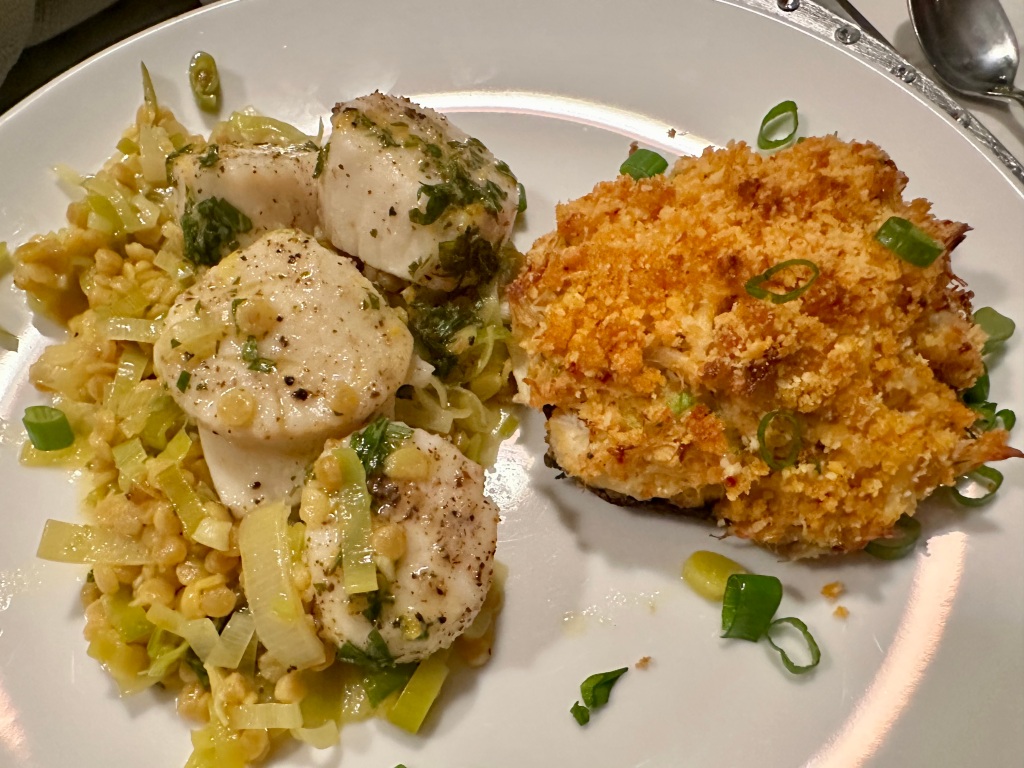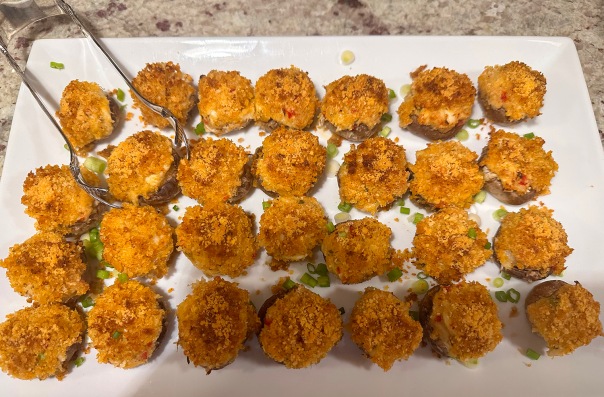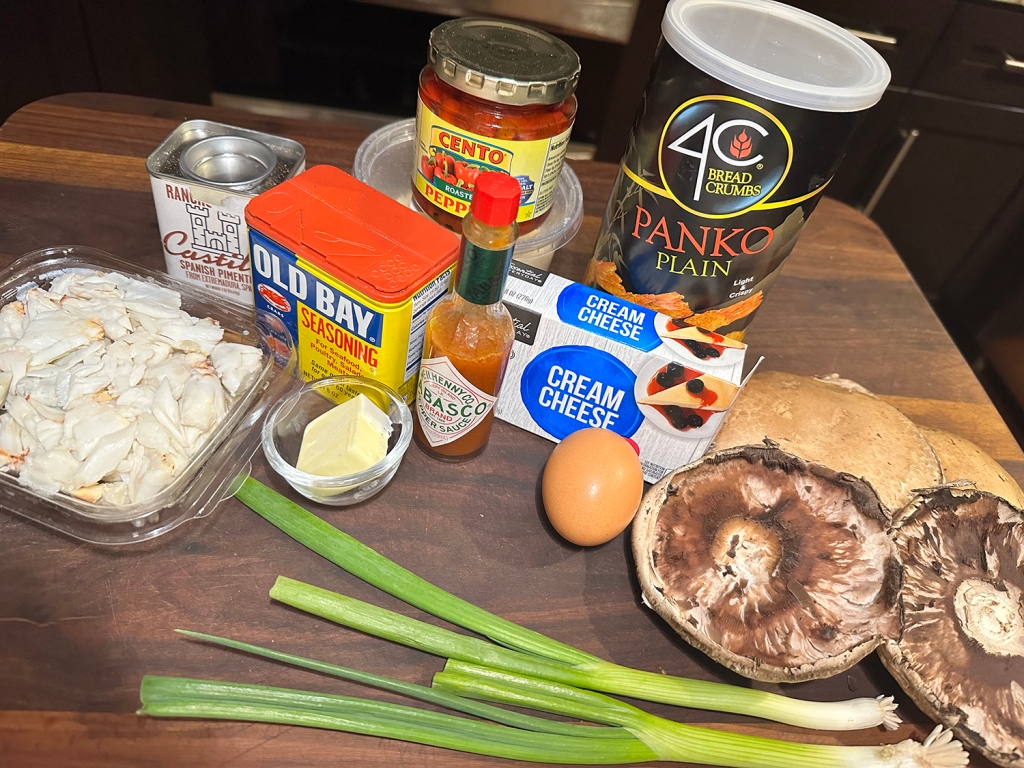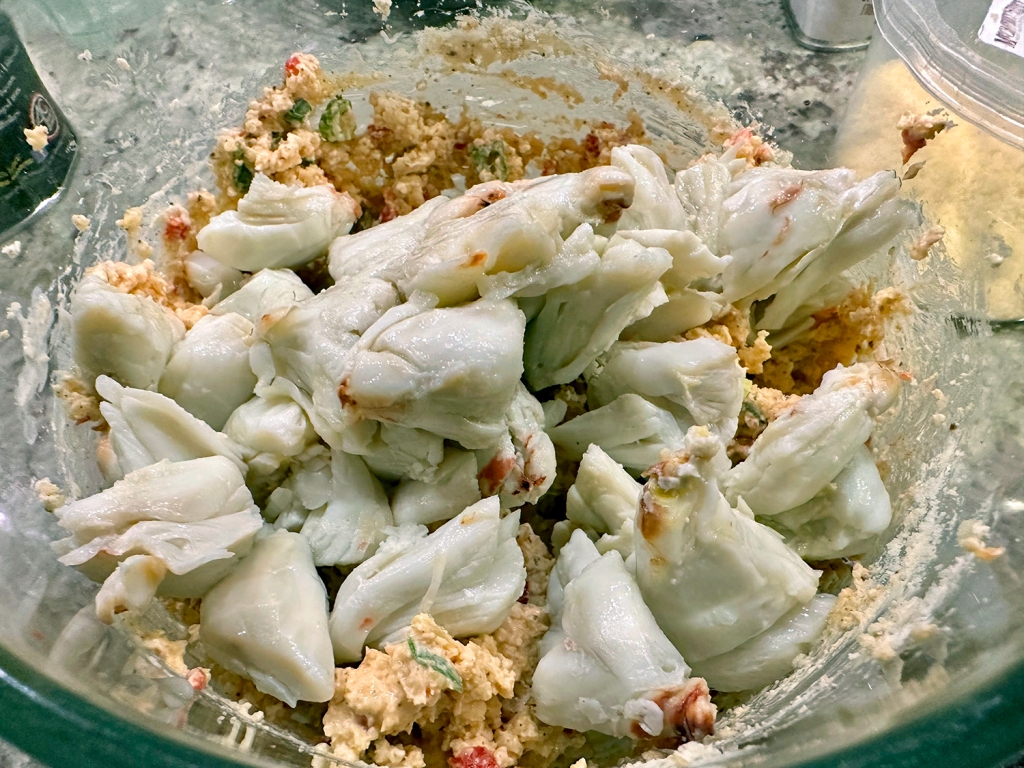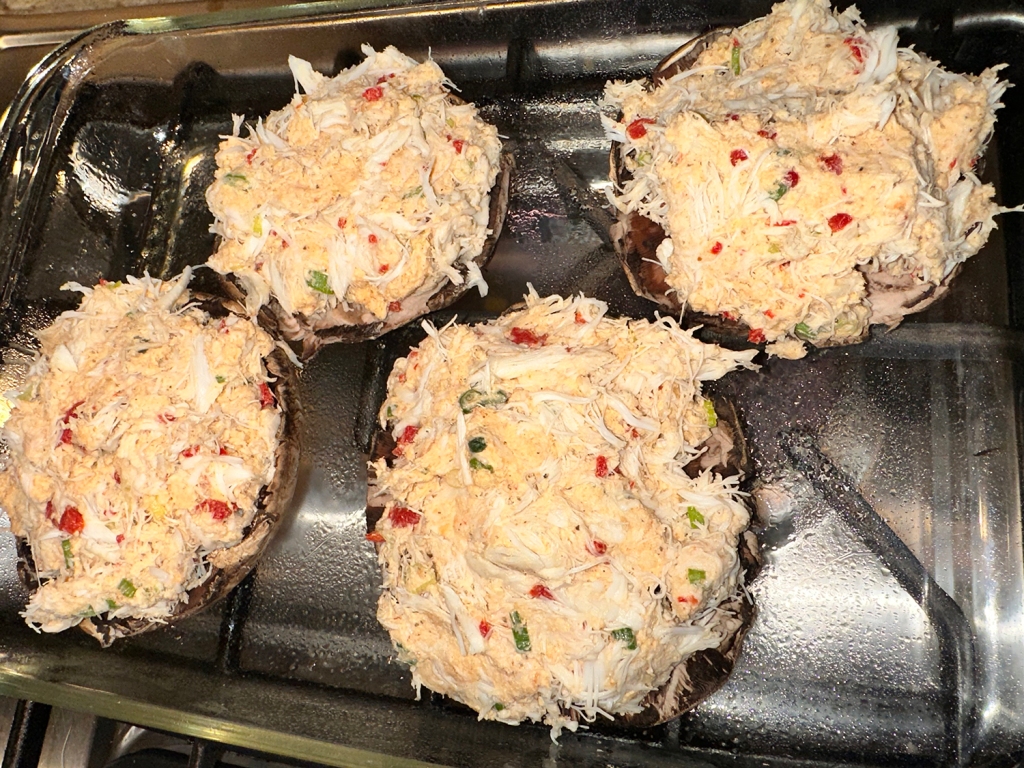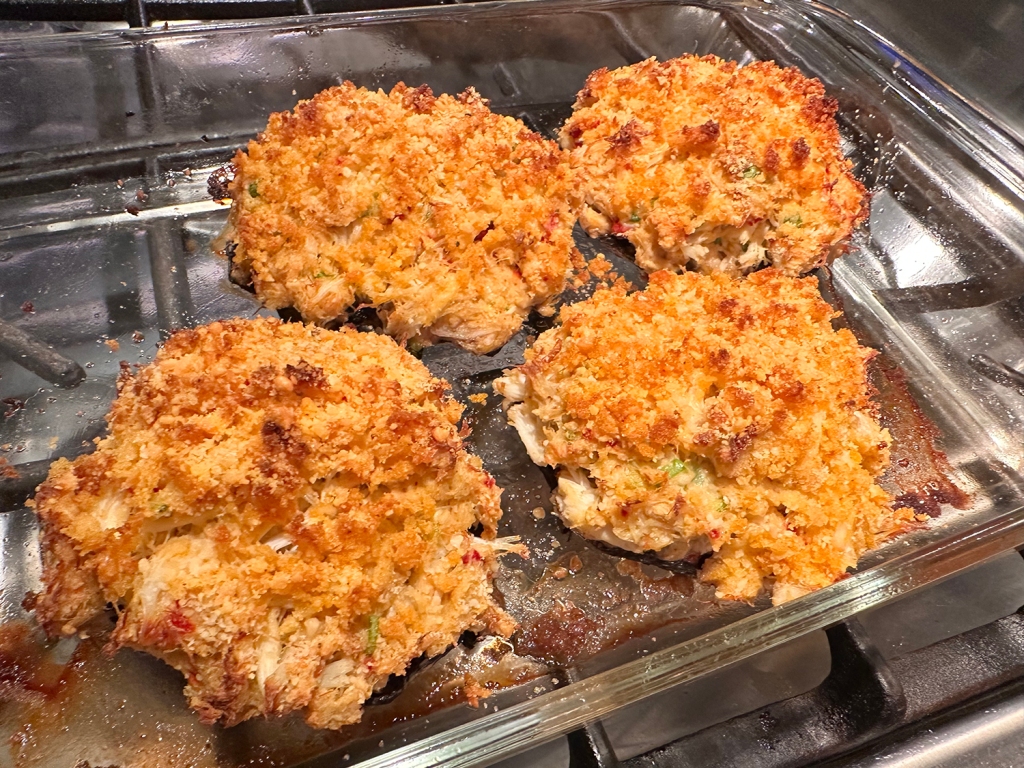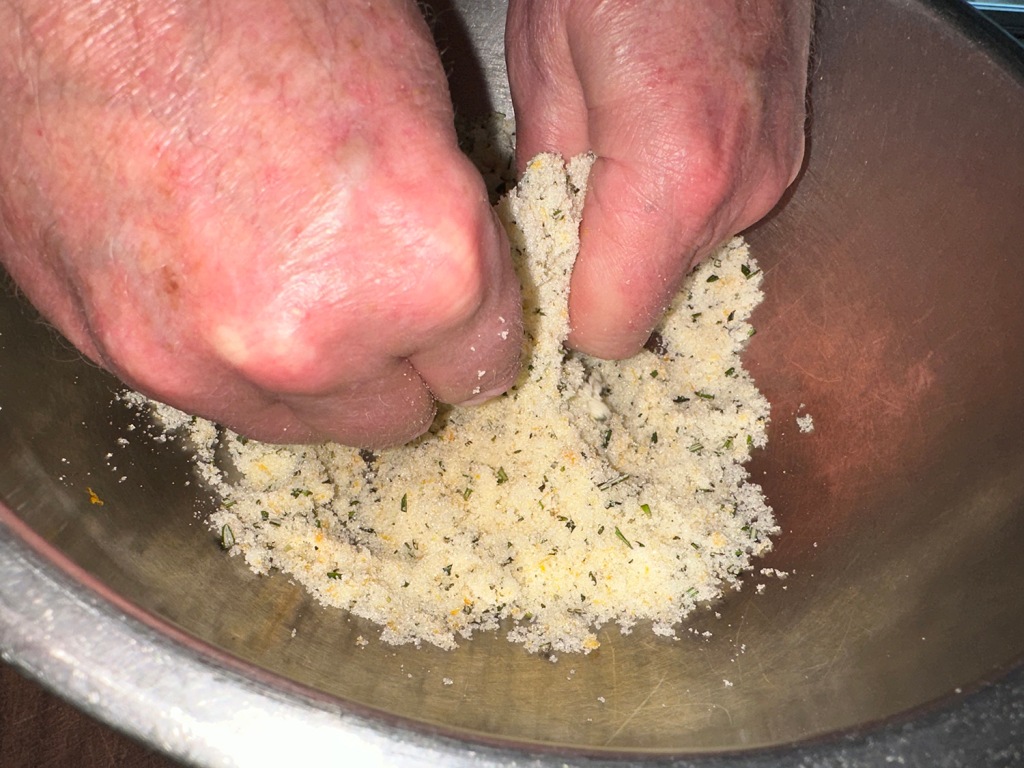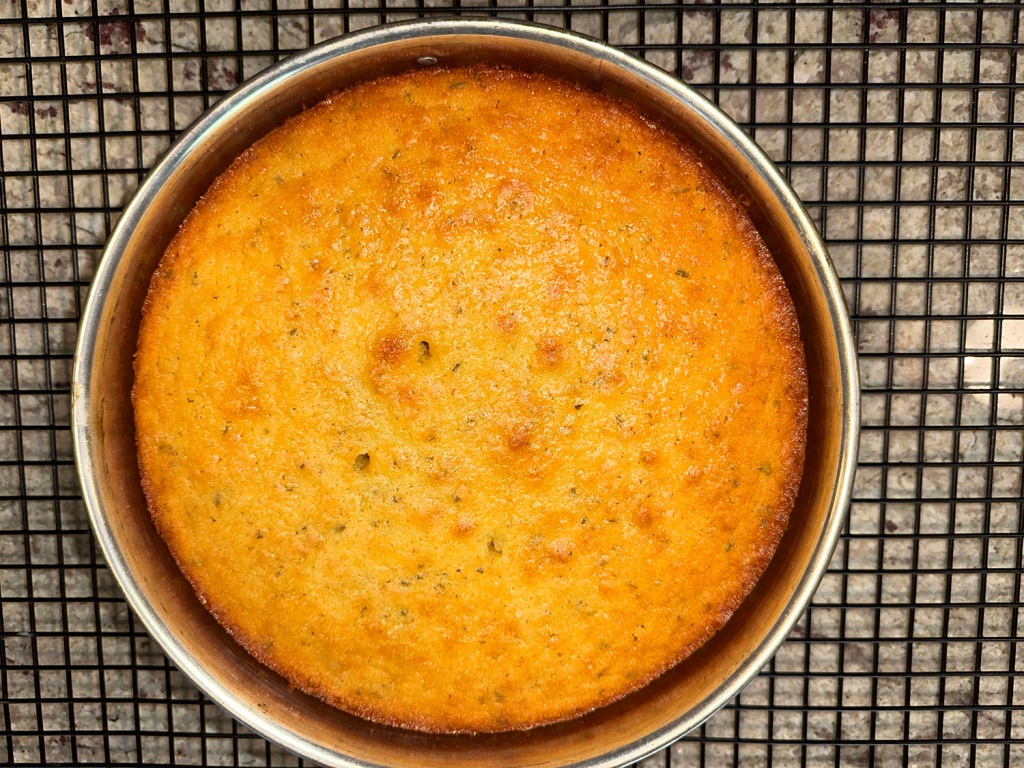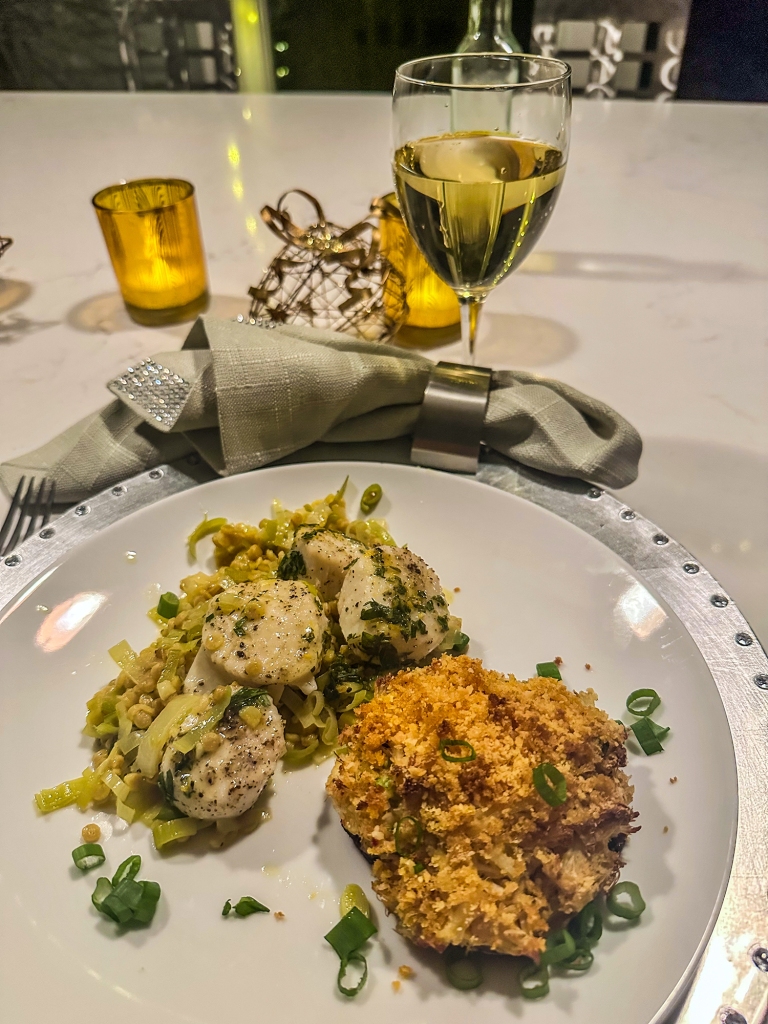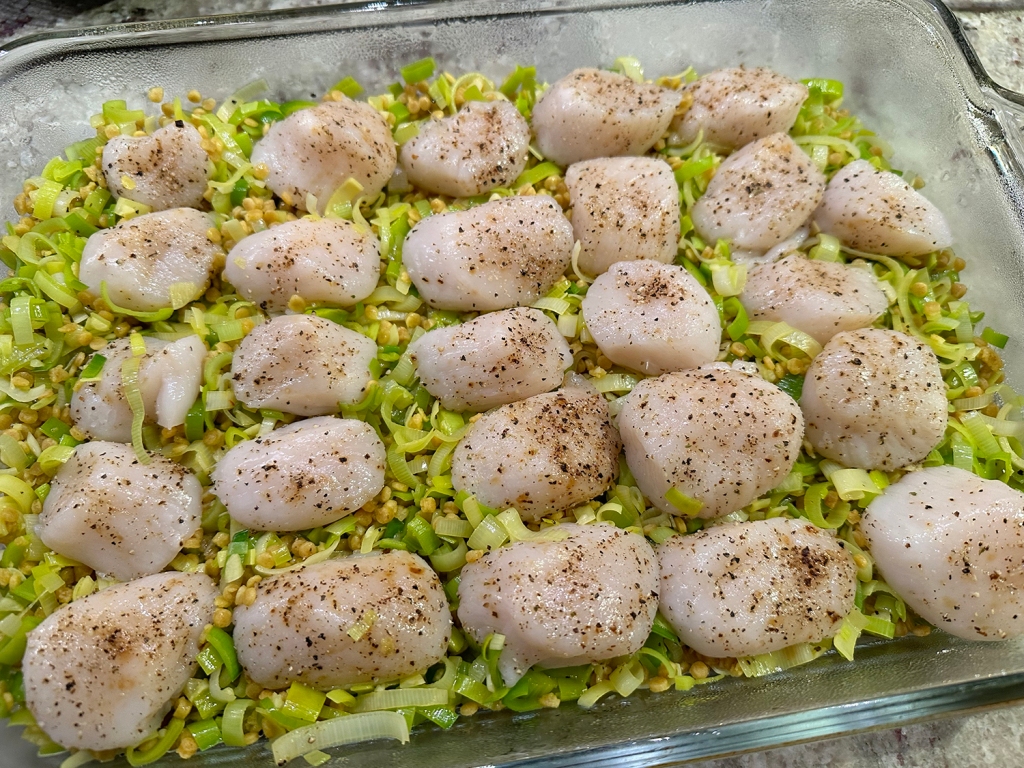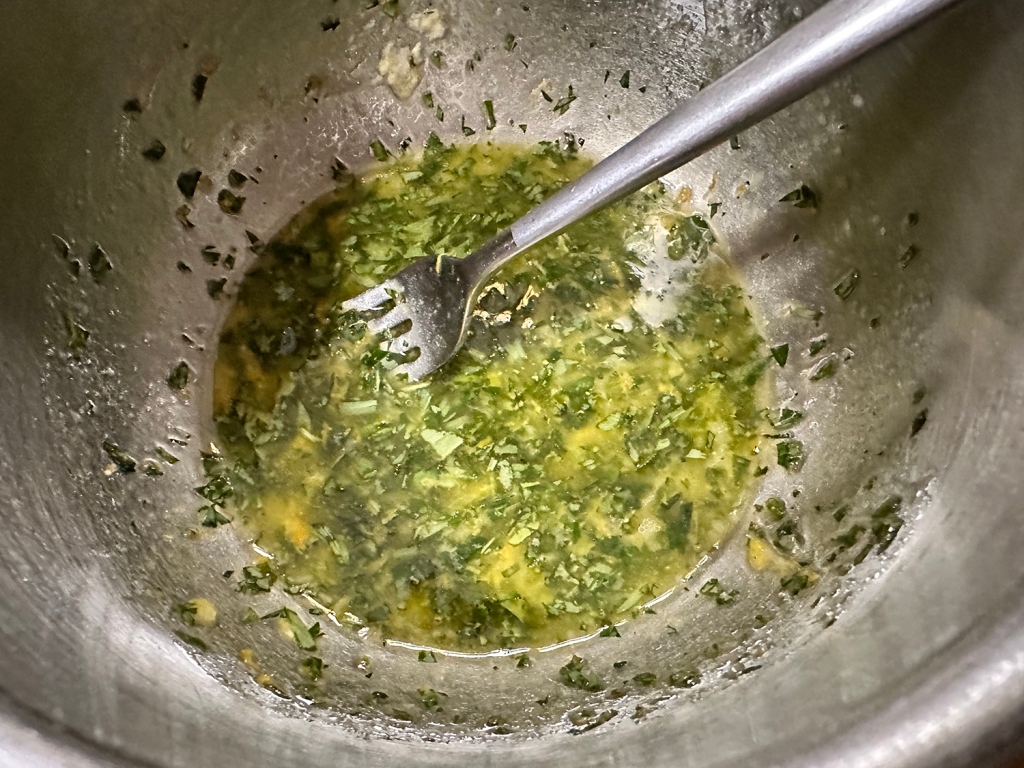WOW, just WOW! This meal was soooo delicious, we didn’t expect to like it as much as we did. Now it won’t make your dieting list or make the top 10 of your super-healthy menus, but for a special treat it can’t be beat! We paired ours with a healthy side salad and some roasted broccoli rabe therefore eliminating some of the guilt 😉 .
Pork tenderloin is similarly mild in flavor to veal, so it works in this riff on classic cotoletta alla bolognese. The pan-fried breaded cutlets are topped with salty, savory prosciutto and Parmigiano-Reggiano cheese. The pork tenderloin is pounded thin, and layered with the prosciutto slices onto the cutlets, under the breading, to better integrate them into the dish.
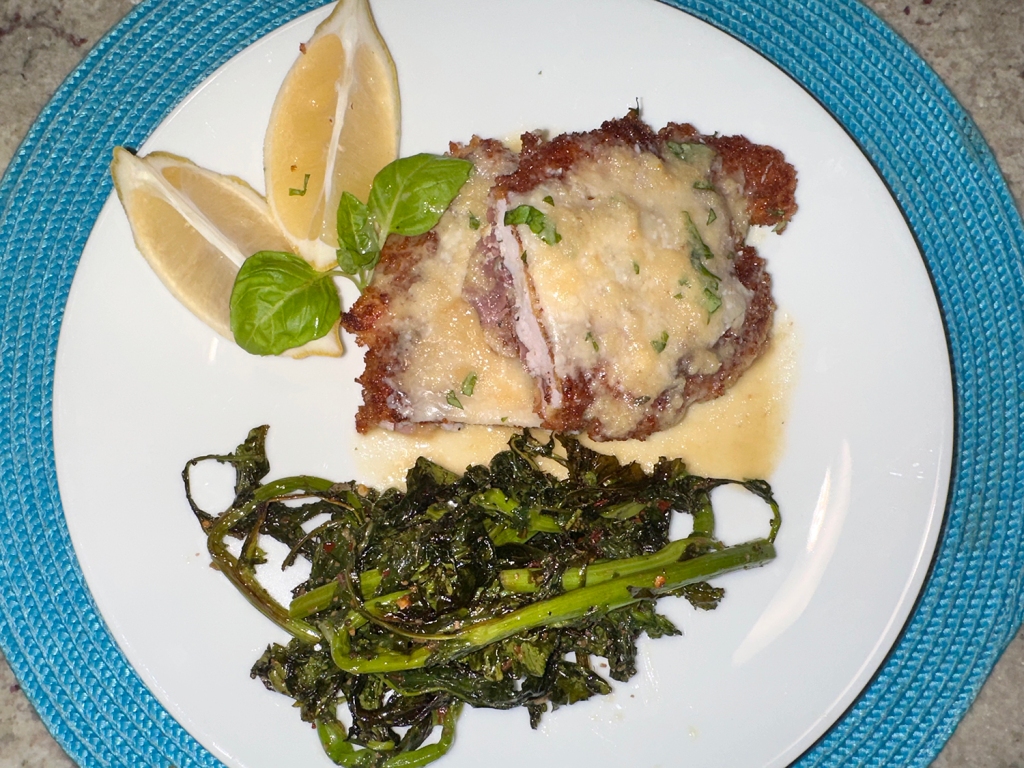
After frying, the crisp cutlets are placed in a pan with a bit of water and cooked just long enough to melt the cheese. For an extra-crisp crust, use Japanese-style, lightly-crushed panko breadcrumb. This method for melting the cheese keeps the bottoms of the cutlets crisp, and the lemon-spiked sauce, served on the side, brightens up all the rich, salty flavors.
The pieces end up being quite large, so in effect, you could possibly get two servings out of each cutlet. I for one, could not finish mine.
Make ahead: If you’d like it to be a less hectic process at dinner time, you can prepare the cutlets up to Step 3, and leave them in the refrigerator for several hours before moving on to Step 4. Also ahead of time, shred the Parmesan cheese, and make the sauce, which can be reheated as your are melting the cheese on the cutlets.
TIP: Don’t pound the pork without using plastic wrap. The plastic wrap prevents the meat pounder from sticking to the meat, thereby helping to avoid tears. This is especially important when the meat is pounded very thin, as it is here. After pounding the cutlets, season them only with pepper, not with salt, as the prosciutto and Parmesan provide lots of salinity. Finally, when adding the water to the pan of fried cutlets, make sure to pour it around them, not on them.
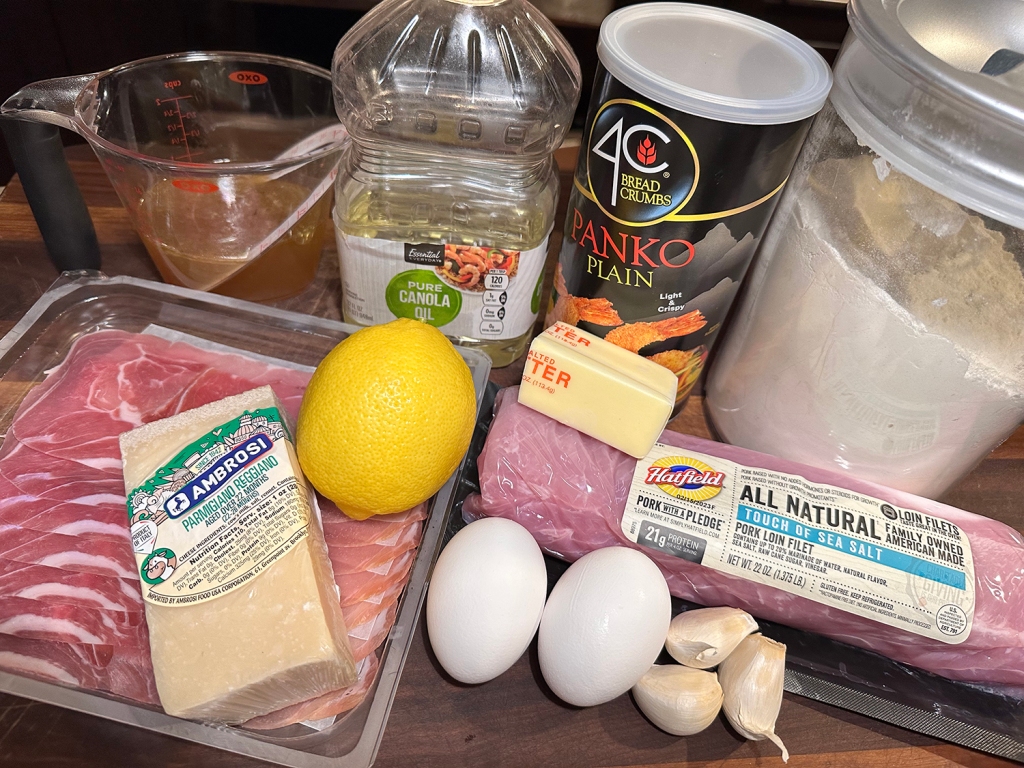
Bolognese-Style Pork Cutlets
Ingredients
- 2½ cups panko breadcrumbs
- Ground black pepper
- 1 cup all-purpose flour
- 2 large eggs
- 1¼ lb. pork tenderloin, trimmed of silver skin and patted dry
- 4 slices prosciutto (about 2 oz. total)
- 12 Tbsp. neutral oil, divided
- 4 oz. Parmesan cheese (without rind), shredded on the small holes of a box grater (2 cups)
- 4 Tbsp. (½ stick) salted butter, cut into 4 pieces
- 3 medium garlic cloves, finely grated
- ¾ cup chicken broth
- 2 Tbsp. lemon juice, plus lemon wedges to serve
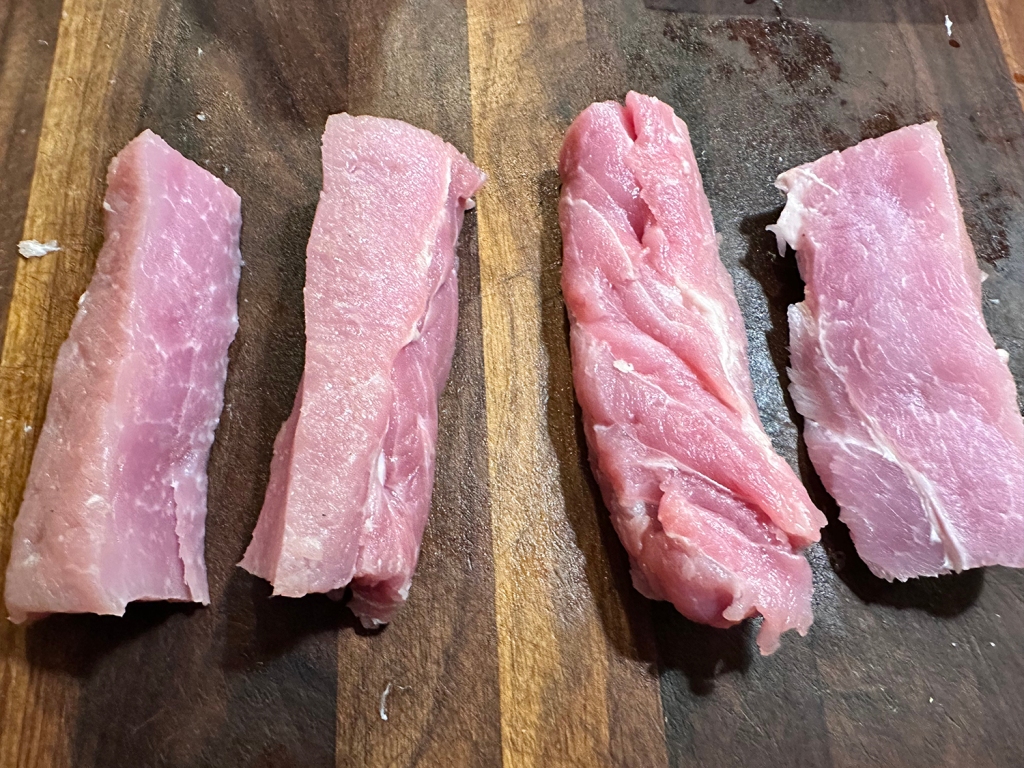

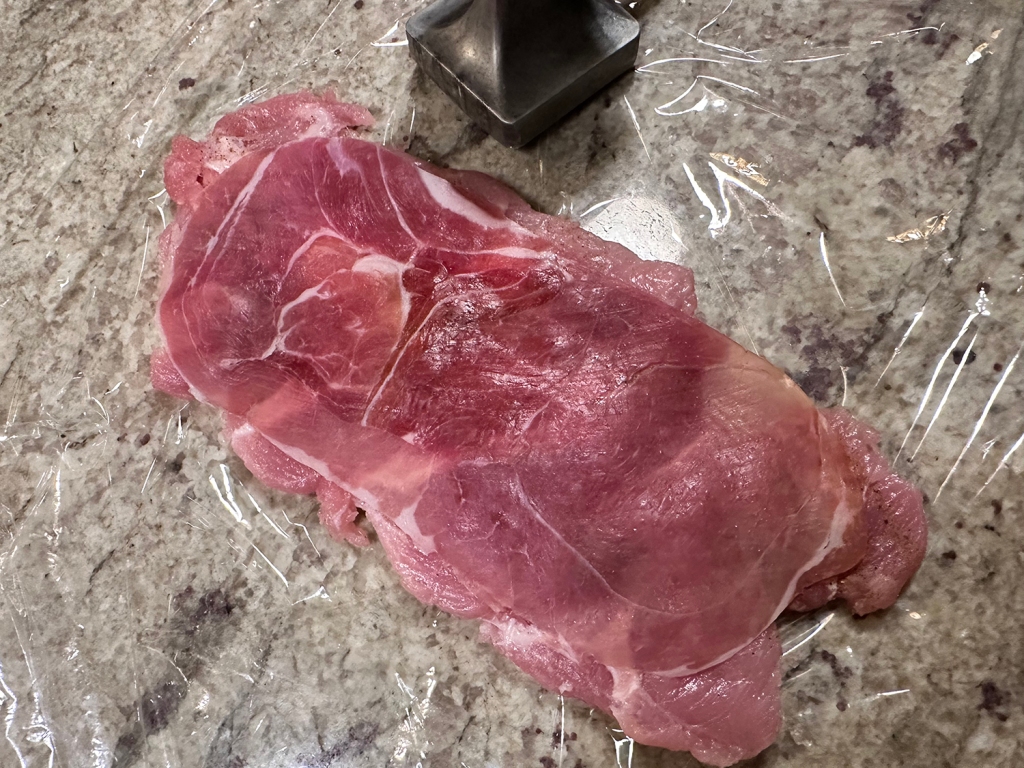
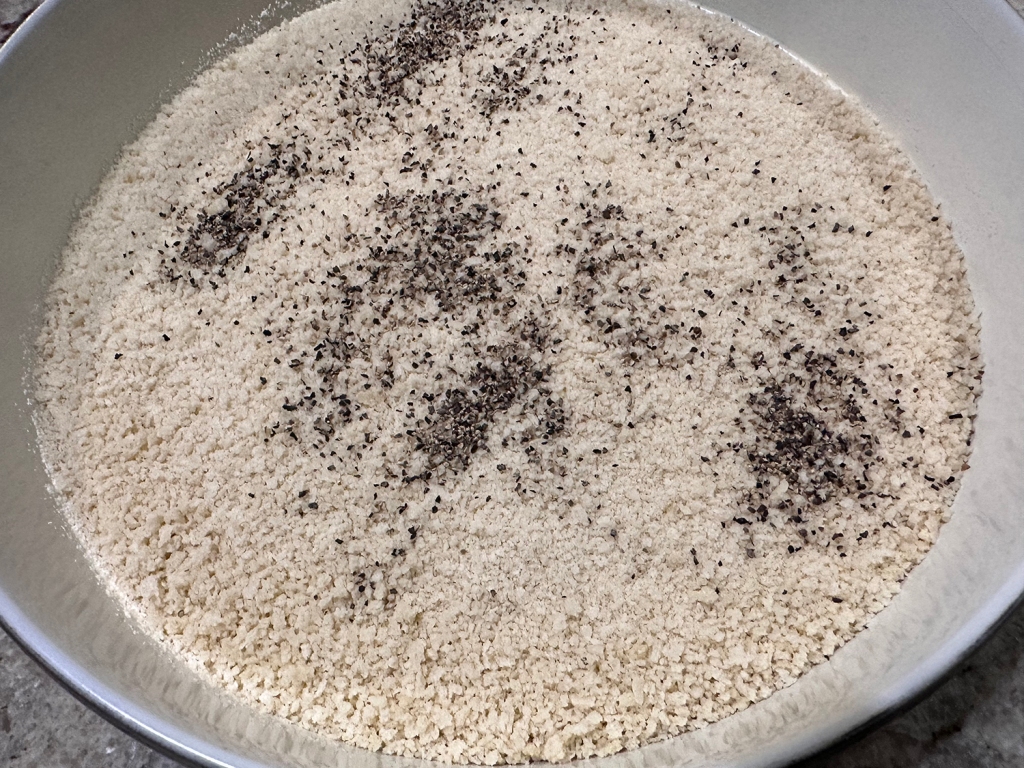

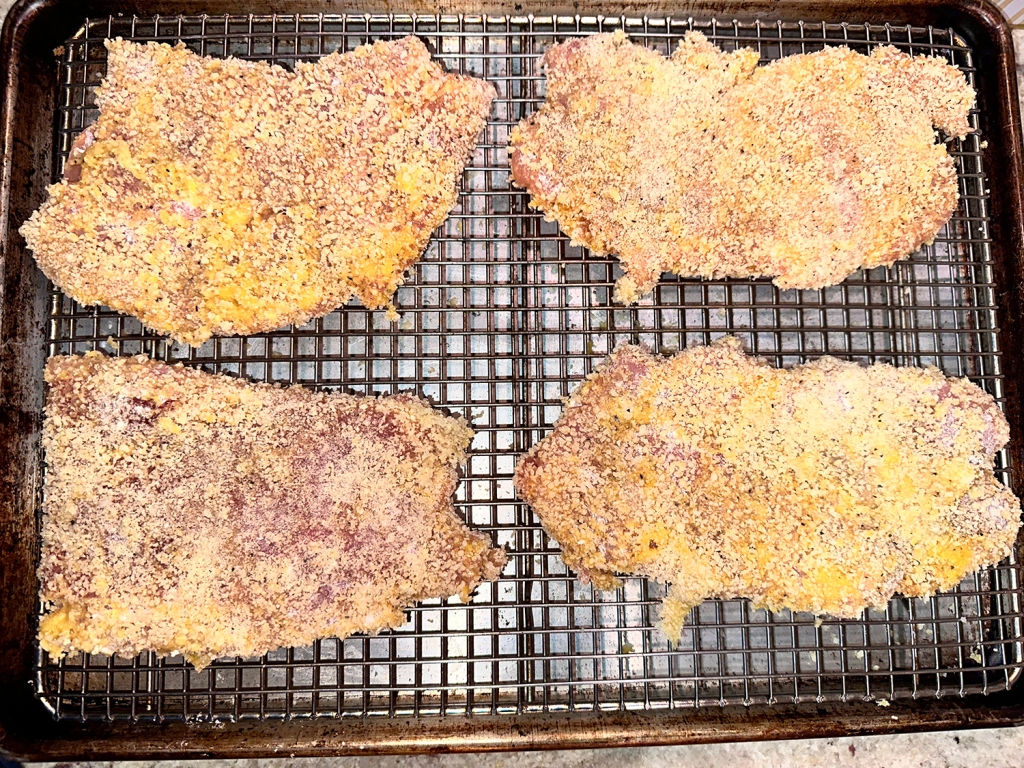



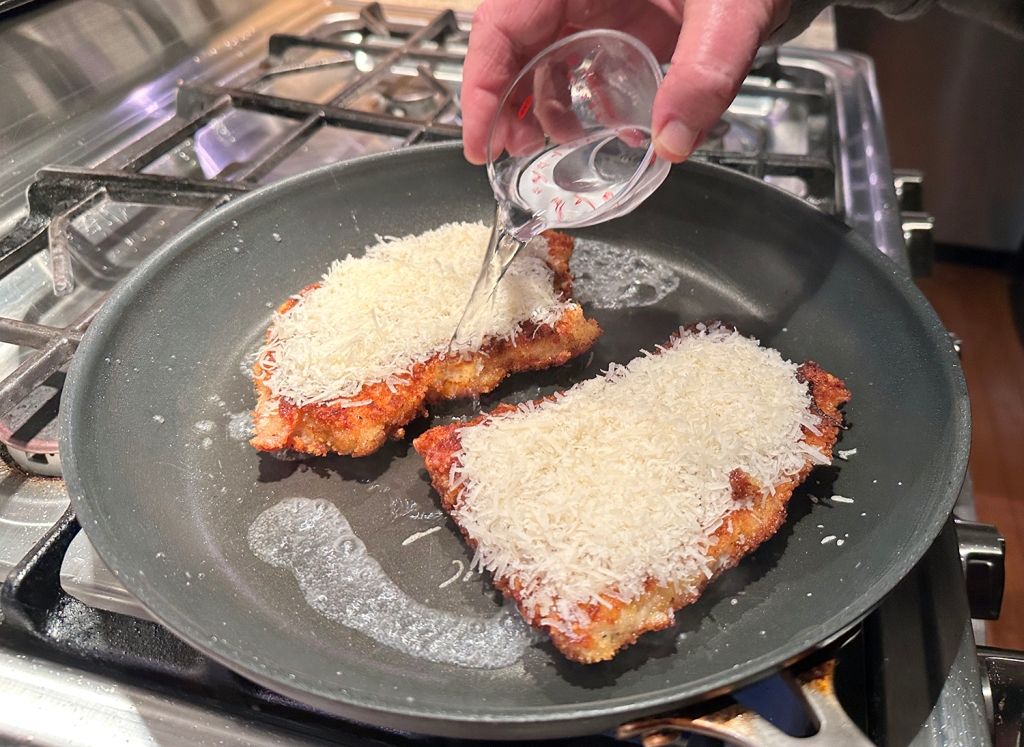
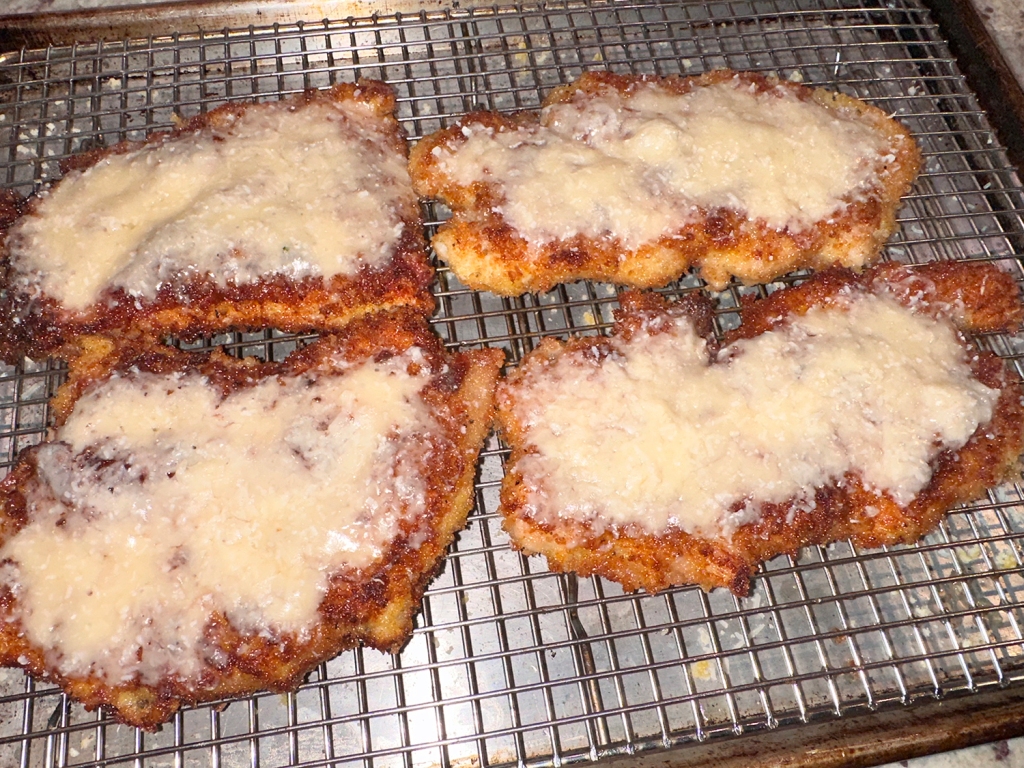
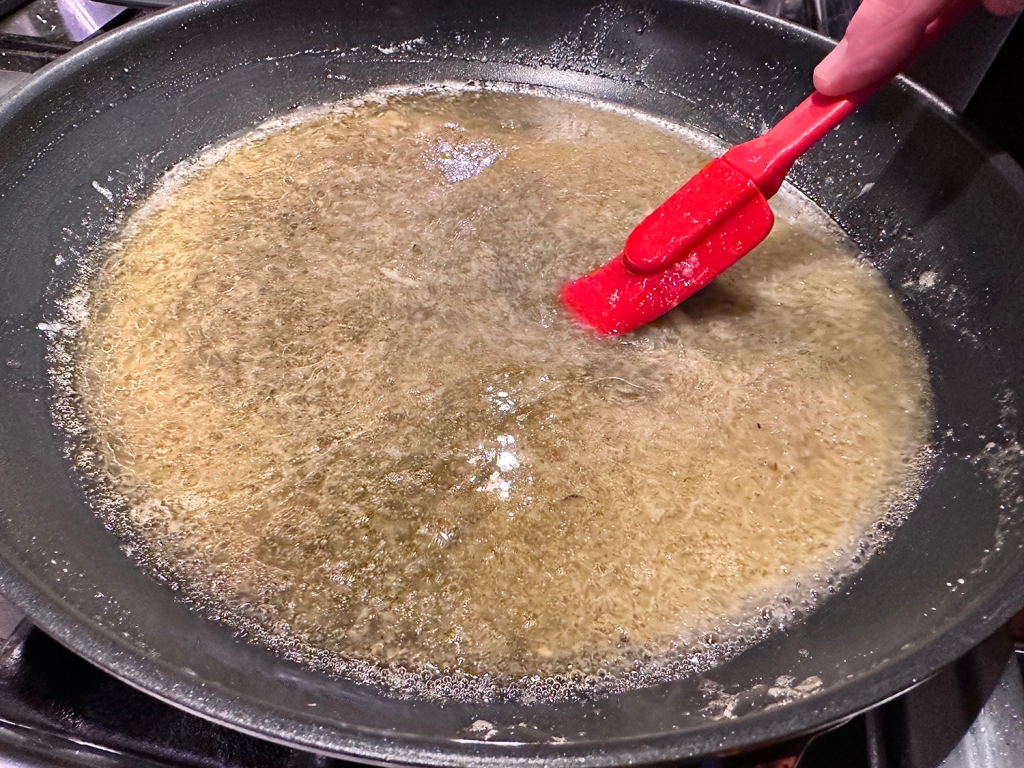



Directions
- Place the panko in a large a zip-close bag and seal. Run a rolling pin over the panko until finely crushed. Empty into a pie plate or wide shallow bowl, then stir in ½ teaspoon pepper. In a second similar dish, stir the flour and 1 teaspoon pepper. In a third dish, beat the eggs with a fork.
- Cut the pork tenderloin in half crosswise, making the tail-end slightly larger, then cut each piece in half lengthwise. Place 2 pieces between 2 large sheets of plastic wrap. Using a meat pounder, gently pound each piece to an even ⅛-inch thickness. Repeat with the remaining pieces. Season both sides of each cutlet with pepper, then lay a prosciutto slice on each cutlet. Re-cover with plastic wrap and gently pound so the prosciutto adheres.
- One at a time, dredge the cutlets in the flour, turning to coat and shaking off any excess, then dip in the egg and, finally, coat with the panko, pressing so it adheres. Set the cutlets on a large plate. Refrigerate uncovered for 15 minutes. Set a wire rack in a rimmed baking sheet and place near the stovetop.
- In a 12-inch nonstick skillet over medium-high, heat 6 tablespoons of oil until barely smoking. Add 2 cutlets and cook until golden, 1 to 2 minutes. Using tongs, flip and cook until the second sides are golden, about 1 minute. Transfer to the prepared rack. Repeat with the remaining 6 tablespoons oil and remaining cutlets. Wipe out the skillet and set aside.
- Evenly sprinkle the cutlets with the Parmesan. Place 2 cutlets, cheese side up, in the same skillet, then set the pan over medium-high. Pour ¼ cup water around the cutlets, immediately cover and cook until the cheese has melted, the water has evaporated and the cutlets begin to sizzle, 1 to 2 minutes. Using a large spatula, return the cutlets to the rack and repeat with the remaining cutlets; tent with foil. Using paper towels, wipe out the skillet.
- In the same skillet over medium, melt the butter. Add the garlic and cook, stirring, until fragrant, about 30 seconds. Add the broth, then cook over medium-high, stirring occasionally, until reduced to about ⅓ cup, about 3 minutes. Off heat, stir in the lemon juice, then taste and season with pepper. Pour into a serving bowl. Transfer the cutlets to a platter and serve with the sauce and lemon wedges on the side.
Original recipe by Diane Unger for Milk Street





